Forums
- Forums
- Axis And Allies Forum
- General Discussion
- Aviation News
Aviation News
Post a reply
- Go to Next topic
- Go to Welcome
- Go to Introduce Yourself
- Go to General Discussion
- Go to Screenshots, Images and Videos
- Go to Off topic
- Go to Works in Progress
- Go to Skinning Tips / Tutorials
- Go to Skin Requests
- Go to IJAAF Library
- Go to Luftwaffe Library
- Go to RAF Library
- Go to USAAF / USN Library
- Go to Misc Library
- Go to The Ops Room
- Go to Made in Germany
- Go to Campaigns and Missions
- Go to Works in Progress
- Go to Juri's Air-Raid Shelter
- Go to Campaigns and Missions
- Go to Works in Progress
- Go to Skinpacks
- Go to External Projects Discussion
- Go to Books & Resources
-
 Main AdminRAF Typhoons Intercept Russian Aircraft Near Estonia.
Main AdminRAF Typhoons Intercept Russian Aircraft Near Estonia.
LINK - http://www.defense-aerospace.com/articles-view/release/3/163605/raf-typhoons-intercept-russian-spy-plane.html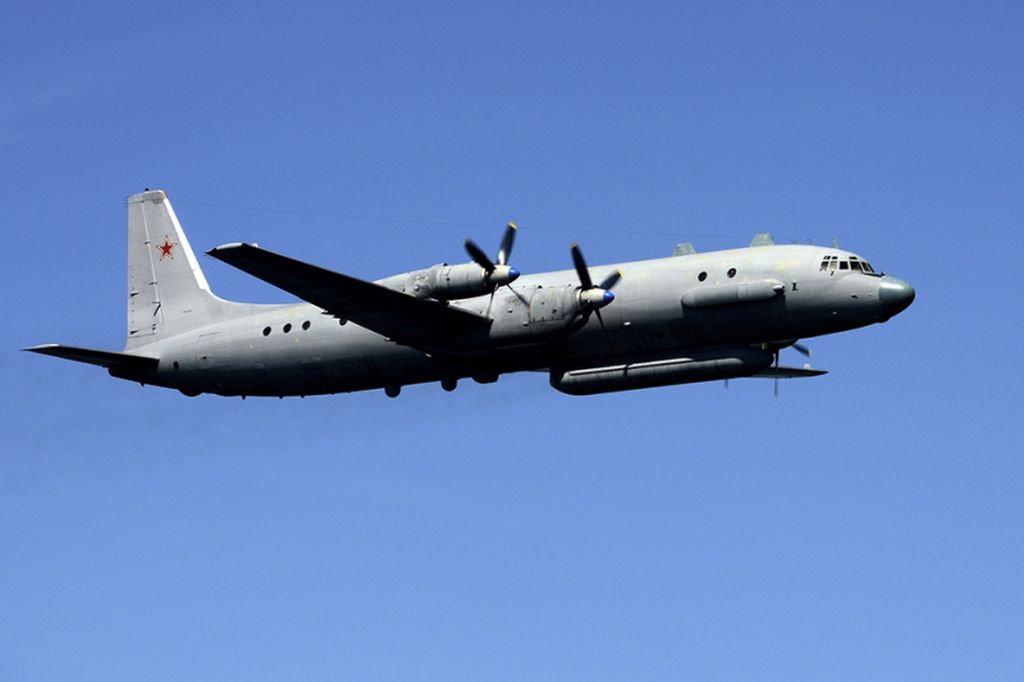
Raptor Test Force Enters New Phase of AIM-9X Testing
LINK - http://www.defense-aerospace.com/articles-view/release/3/163555/usaf-continues-flight_tests-of-aim_9x-on-f_22.html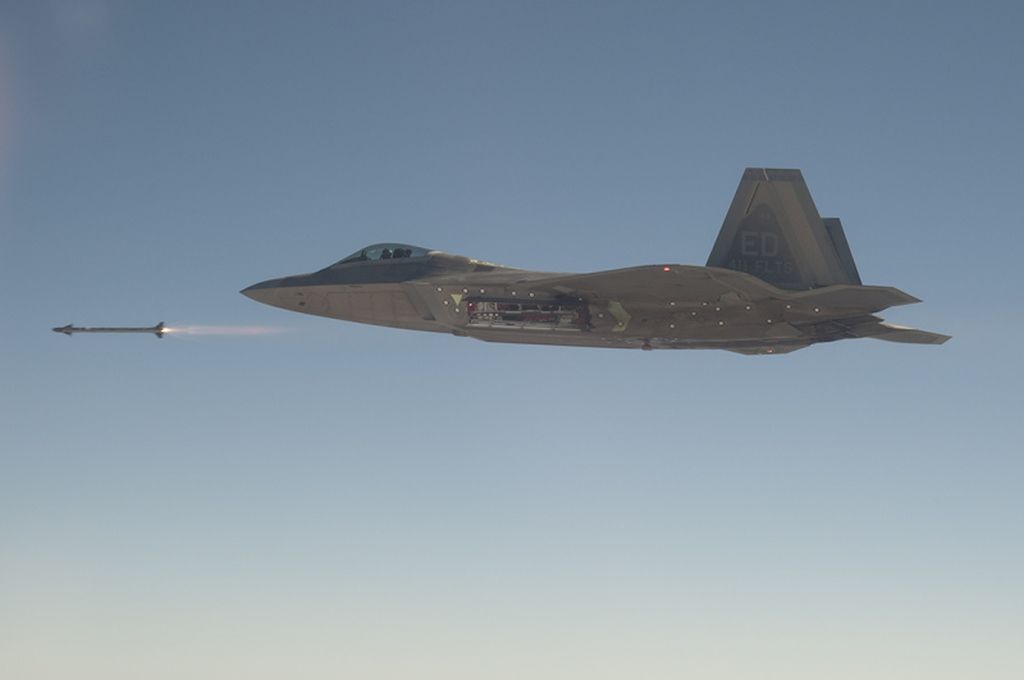
An AH-64D Apache Longbow from Charlie Company, 4th Battalion, 501st Aviation Regiment, ?Pistoleros,? flies against the backdrop of Kuwait City en route to an overwater training event with the U.S. Coast Guard May 6, 2015. The Fort Bliss, Texas, based unit is currently deployed to Kuwait and Iraq. Overwater training with Navy, Coast Guard and host nation partners is one of many challenging mission sets the Pistoleros have assumed on this deployment.
(Photo by Chief Warrant Officer Max Foor, U.S. Army Central)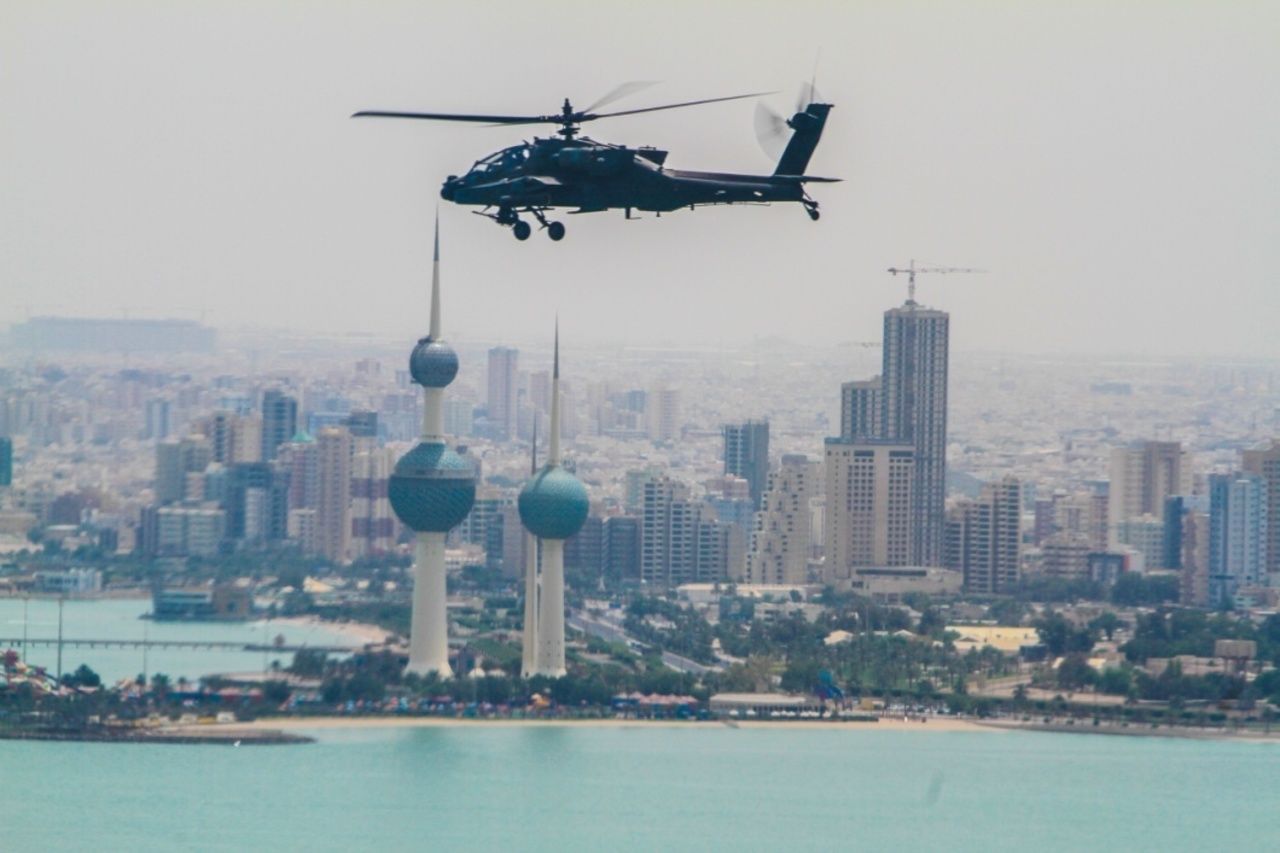
A KC-130J with Special-Purpose Marine Air-Ground Task Force Crisis Response-Africa conducts a training flight near Mor?n Air Base, Spain, May 7, 2015. Pilots with SPMAGTF-CR-AF performed a series of maneuvers to remain proficient in different flying techniques. (U.S. Marine Corps photo's by Lance Cpl. Christopher Mendoza/Released)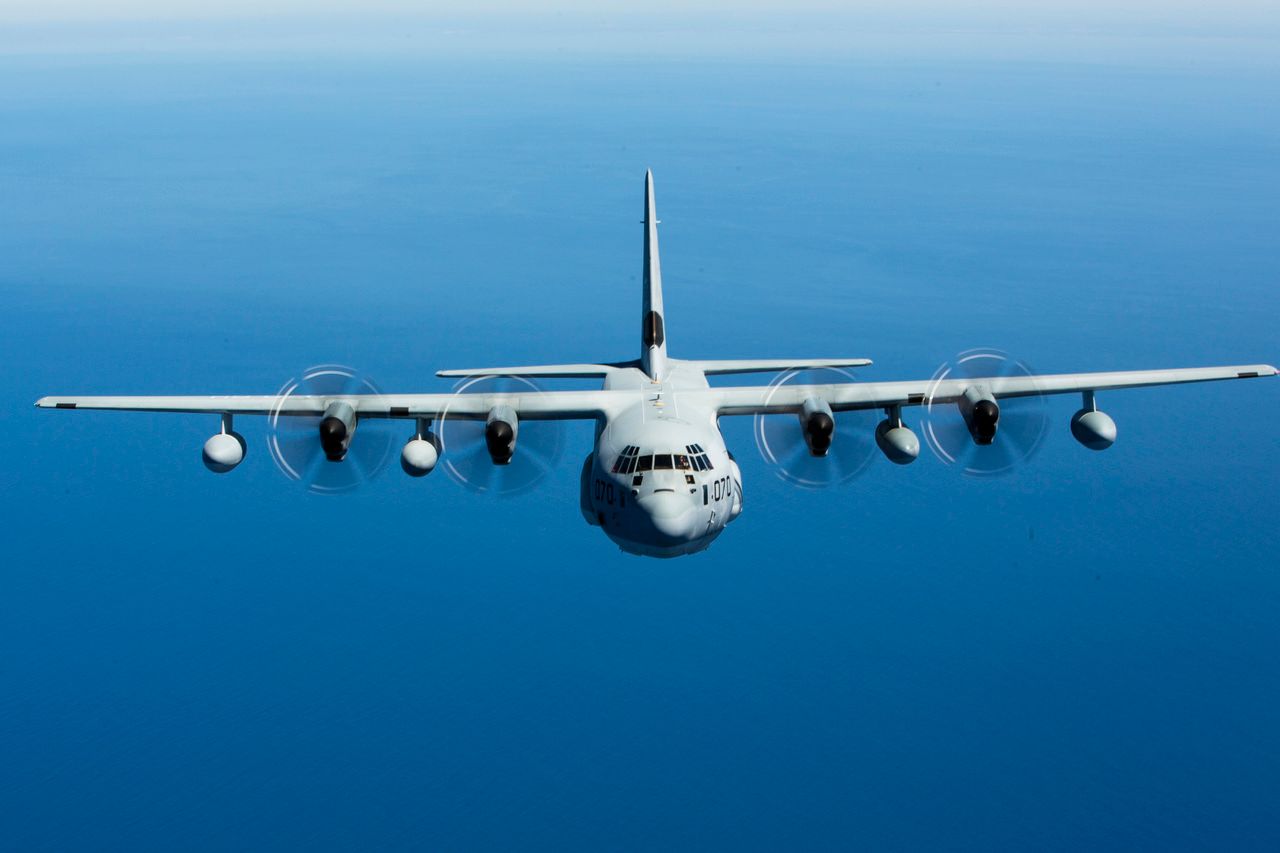
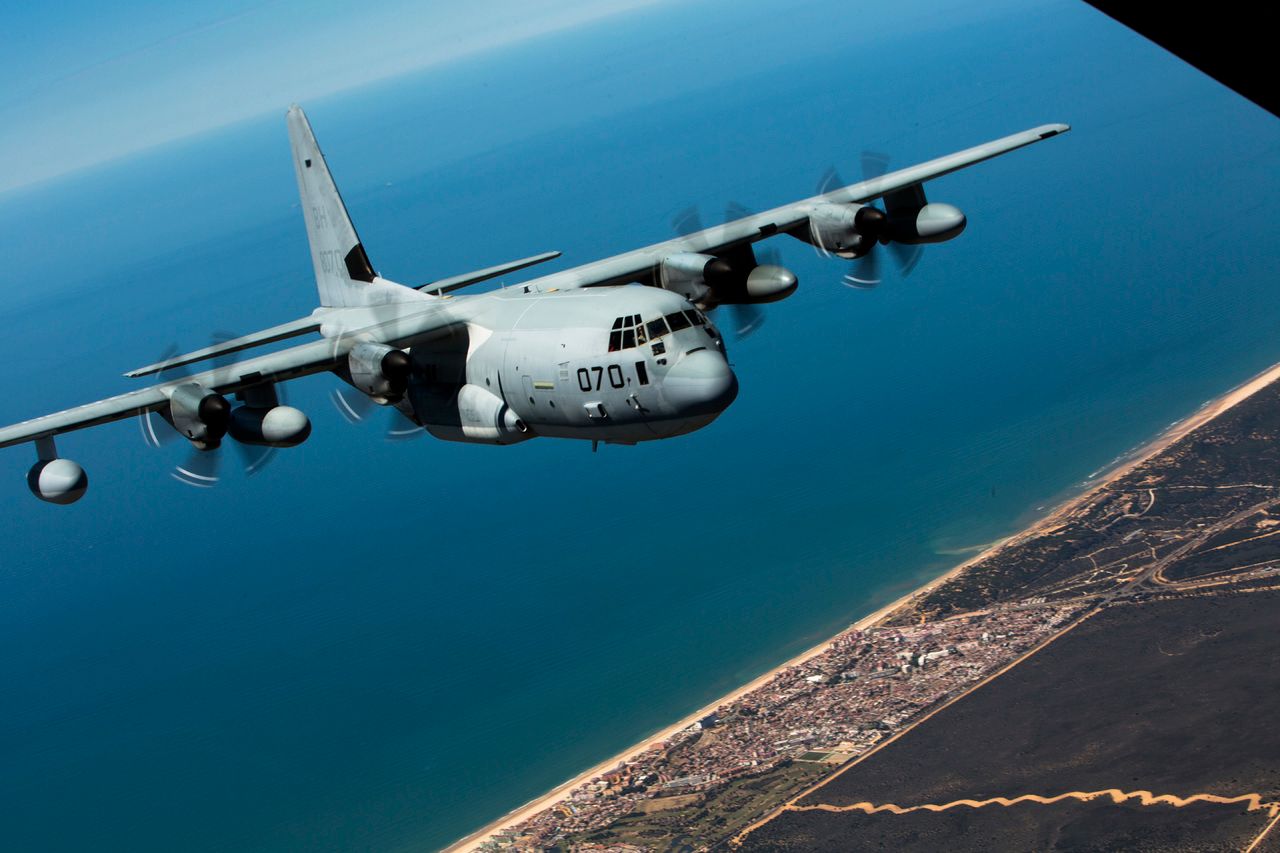
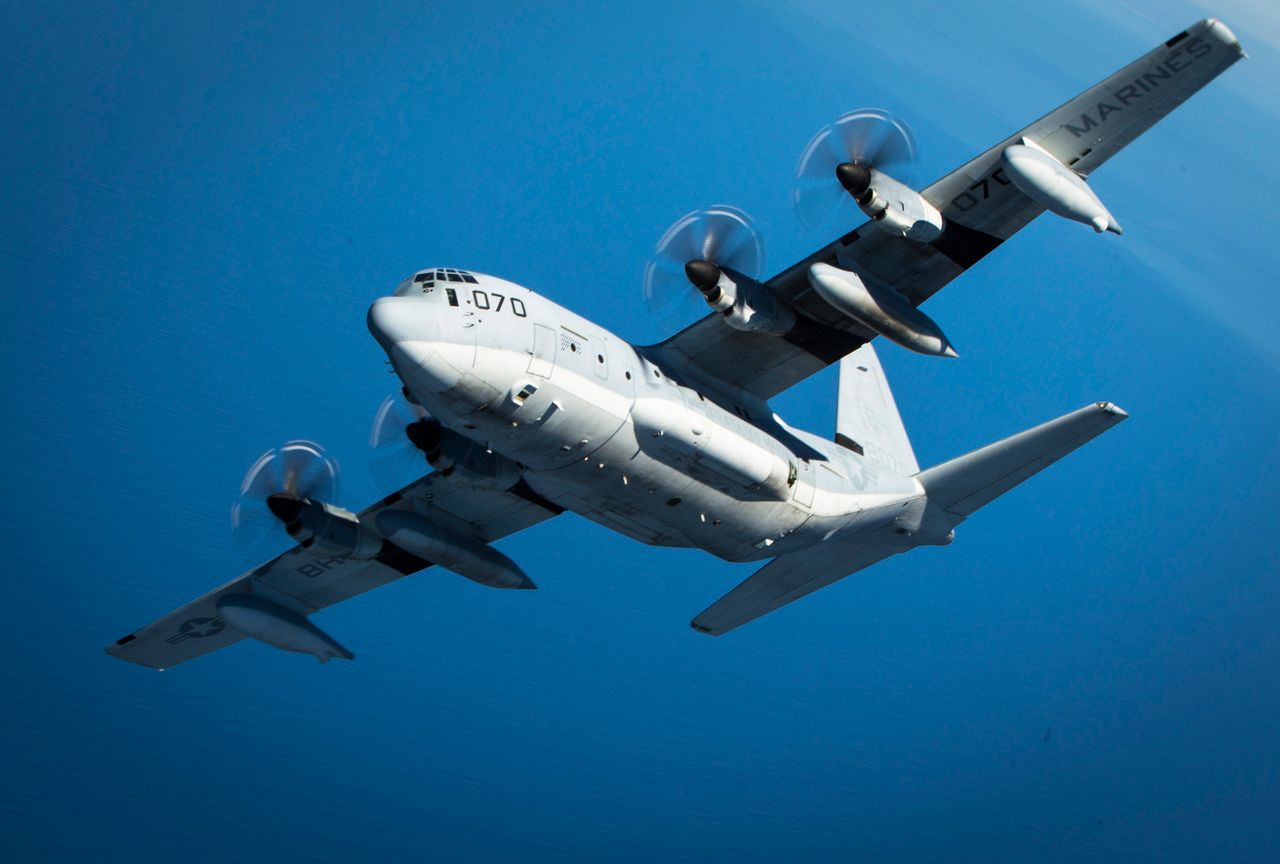
-
 Main AdminNEW DELHI --- India has once again had to break its acquisition regulations to clear the acquisition of 56 Airbus C-295 twin turboprop aircraft, as it could no longer delay the replacement of its Avro HS748s. (Airbus photo)
Main AdminNEW DELHI --- India has once again had to break its acquisition regulations to clear the acquisition of 56 Airbus C-295 twin turboprop aircraft, as it could no longer delay the replacement of its Avro HS748s. (Airbus photo)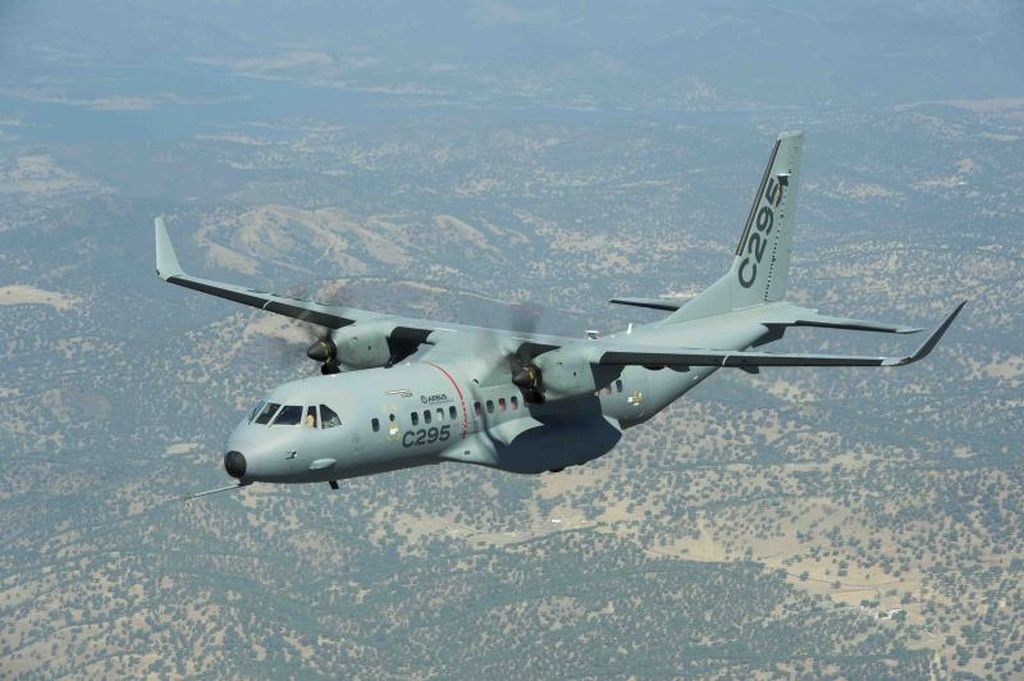
LINK - http://www.defense-aerospace.com/articles-view/release/3/163654/india-oks-acquisition-of-56-airbus---c_295s%2C-m_777-guns-and-200-helicopters.html
13 May 2015 Press Release
The first A350-900 for TAM Airlines is progressing well in the Final Assembly Line (FAL) in Toulouse, France, with joining of the wings, the horizontal and vertical tail plane, the main landing gear and the tail cone to the fuselage.
The A350 XWB is made of 70 percent advanced materials, including 53 percent composites, and incorporates the latest innovations, providing extra efficiency for airlines.
In particular, the wings have been designed to adapt during the flight, morphing while airborne, changing their shape for maximum aerodynamic efficiency throughout the various phases of flight. This contributes to reduce fuel burn and CO2 emissions by 25 percent compared to previous generation competing aircraft.
TAM will be the first airline in the Americas to fly the A350 XWB and the fourth operator in the world overall. Delivery of TAM?s first A350 XWB is scheduled for the end of this year. TAM has a total of 27 A350 XWB on order.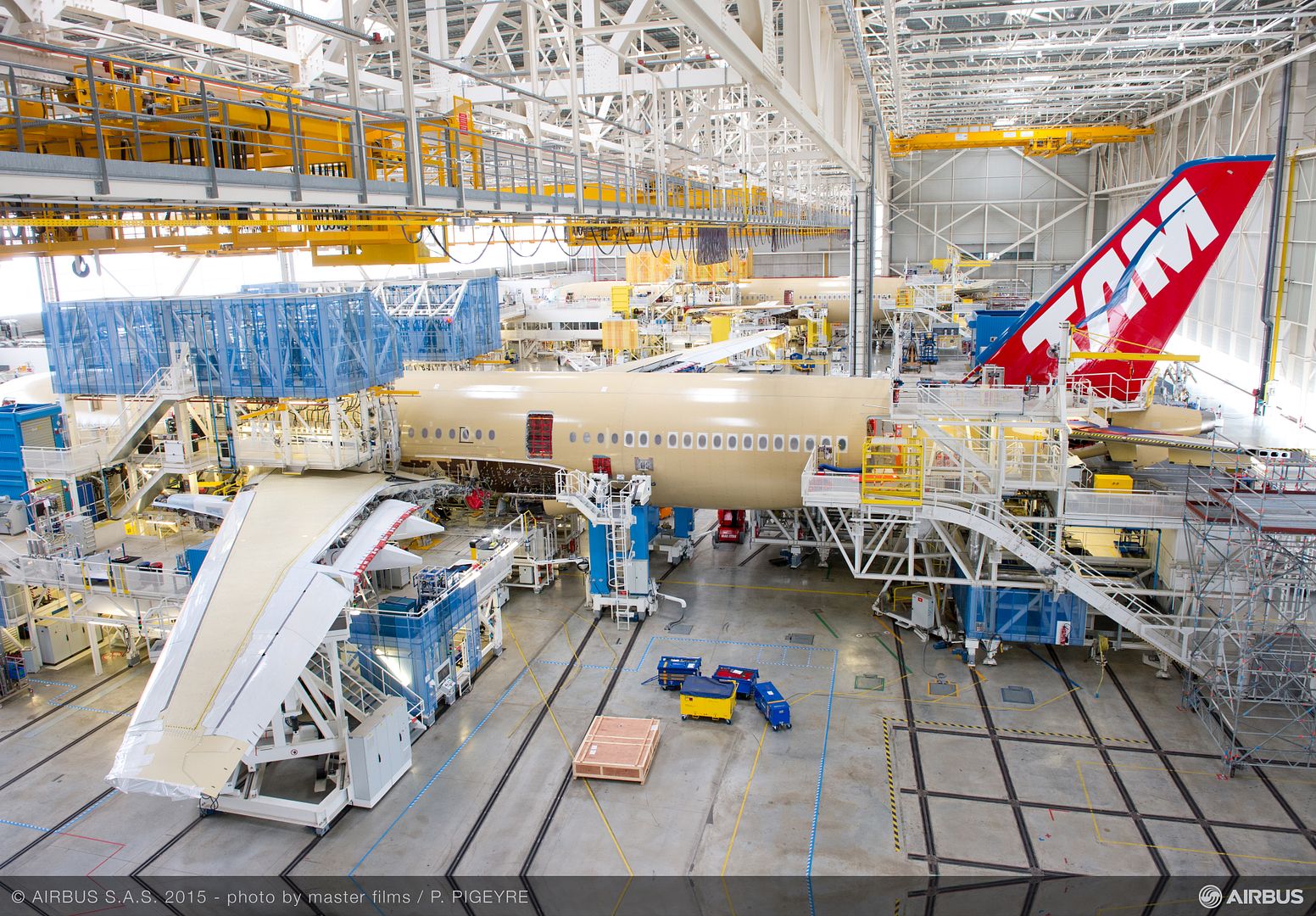
-
 Main AdminTyndall Completes First Combat Deployment (Source: US Air Force; issued May 14, 2015)
Main AdminTyndall Completes First Combat Deployment (Source: US Air Force; issued May 14, 2015)
LINK - http://www.defense-aerospace.com/articles-view/release/3/163677/florida_based-f_22s-complete-first-combat-deployment.html
German Defense Ministry Reportedly Decides On "Meads" Missile Defense System
Reversing a previous decision to pull out of the program, Germany has reportedly decided to invest ?4 billion to procure the MEADS air-defense missiles to replace its Patriots. An official announcement is expected in June.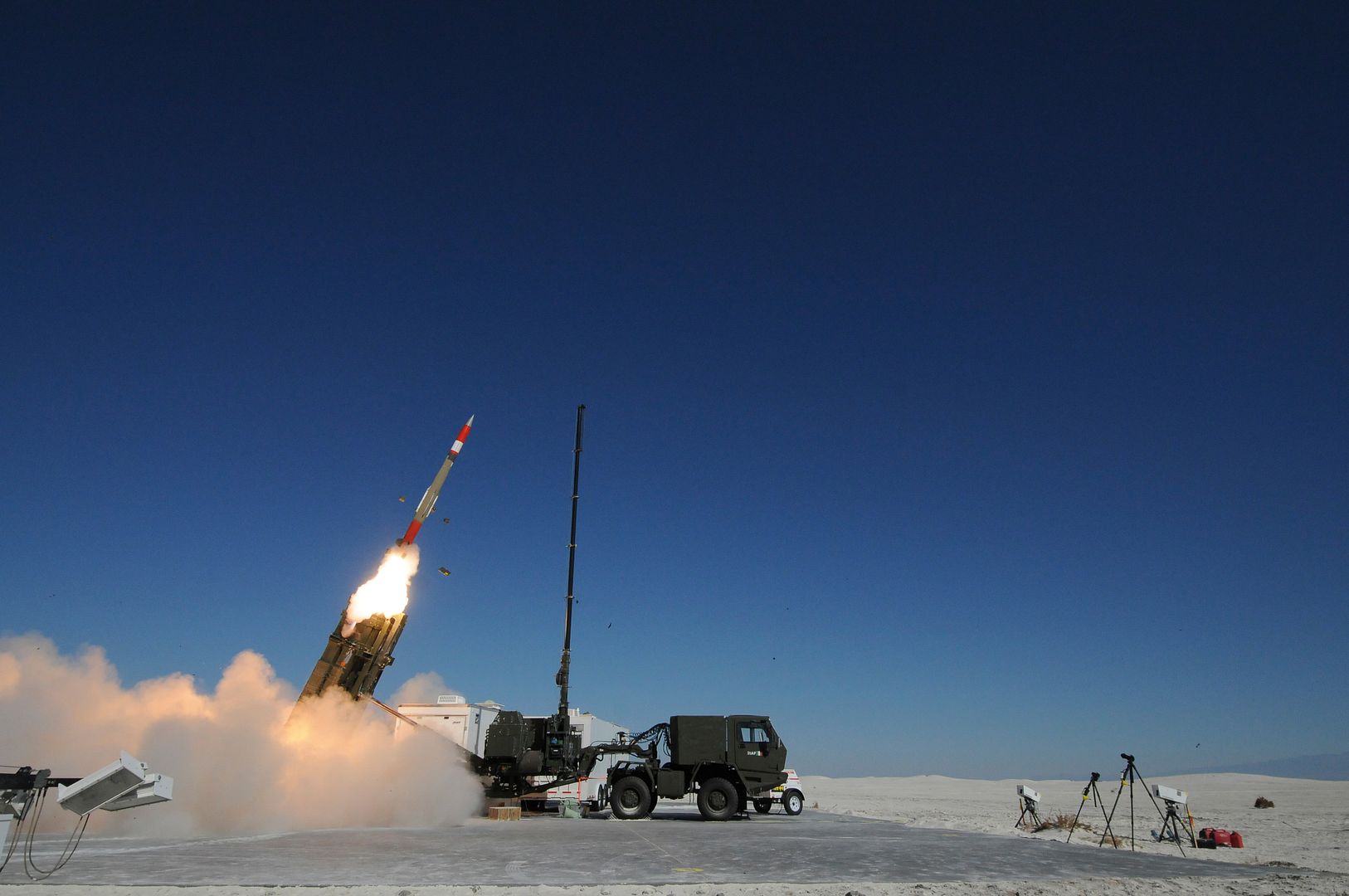
5/14/2015 - An F-16 Fighting Falcon with the U.S. Air Force Thunderbirds aerial demonstration team flies over North Carolina, May 12, 2015. The Thunderbirds will be one of many aerial performers at the 2015 Wings Over Wayne Airshow and Open House at Seymour Johnson Air Force Base, N.C., May 16 and 17. (U.S. Air Force photo's/Master Sgt. Jocelyn L. Rich-Pendracki)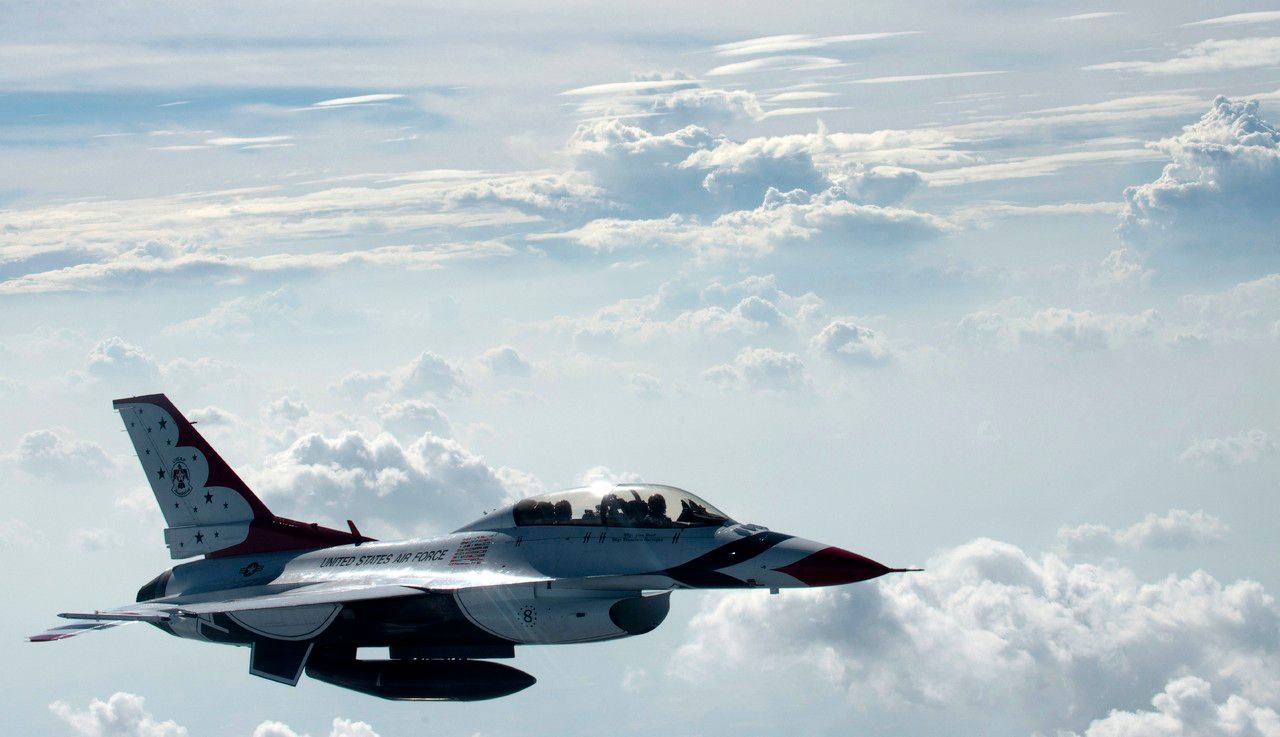

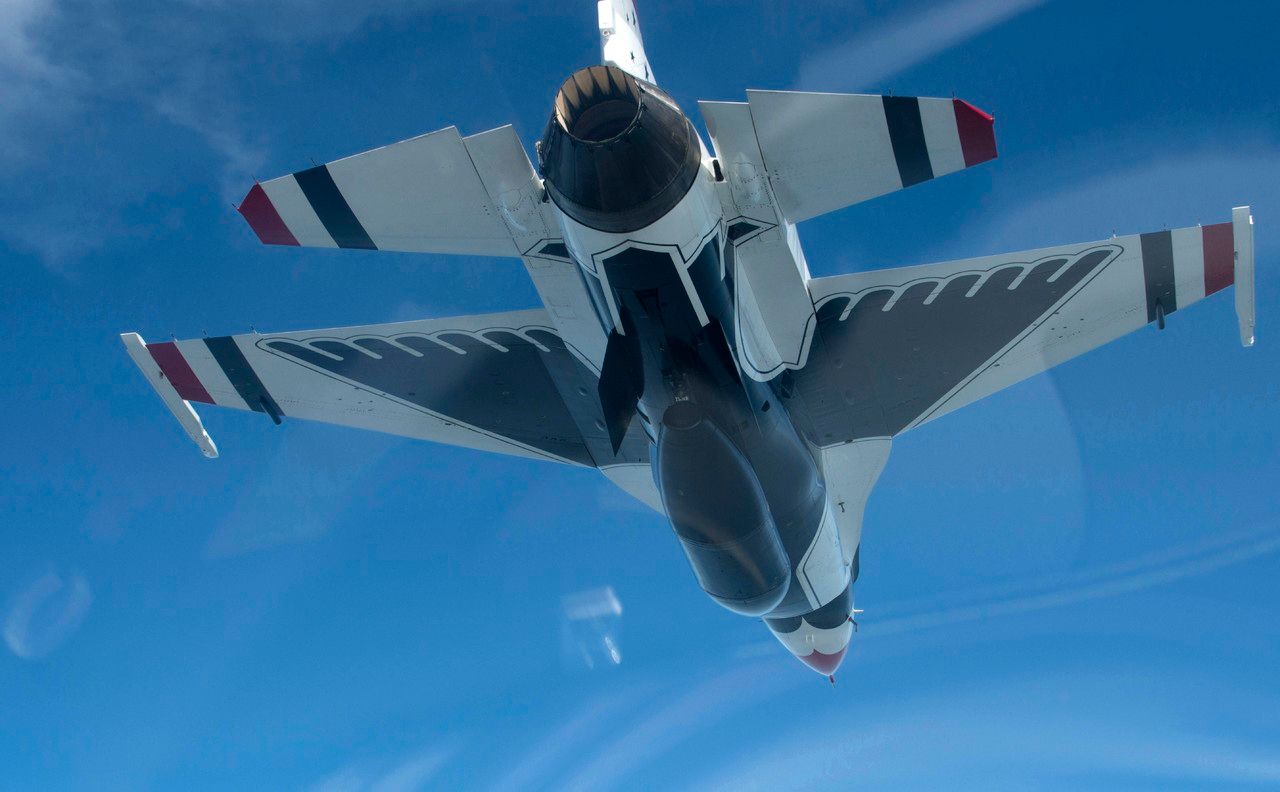
14 May 2015 Press Release
Ultra-low-cost carrier VivaAerobus has taken delivery of its first new A320 following the aircraft handover at the Airbus Delivery Centre in Toulouse. The A320 is the first to be delivered from an order placed in 2013 for 52 aircraft (12 A320ceo and 40 A320neo), which is the largest single deal by a Mexican customer. VivaAerobus already operates six leased A320s and will become an all Airbus operator as it completes its fleet transition from 737-300s by early 2016.
Including the first A320, all VivaAerobus? A320ceo are powered by IAE engines. The A320neo will be powered by Pratt and Whitney engines. The aircraft will be deployed on the airline?s domestic network and international routes to the United States.
?Our new fleet of A320s will enable VivaAerobus to continue enhancing our operational efficiencies by lowering our costs and fares for our passengers, while offering a significant upgrade with the A320 cabin comfort,? said Juan Carlos Zuazua, CEO of VivaAerobus. ?We couldn?t be more pleased to integrate this new aircraft into our growing Airbus fleet and we look forward to expanding our network and allowing even more passengers to fly for the very first time.?
?We are proud that VivaAerobus has chosen the market-leading A320 Family to renew its fleet and expand its network, taking a further step to becoming an all Airbus operator,? said John Leahy, Chief Operating Officer, Customers. ?The A320?s unparalleled reliability, best-in-class passenger comfort and unbeatable fuel efficiency complements VivaAerobus? business model and we are eager to see their success evolve even more with the NEO in the years to come.?
VivaAerobus, jointly owned by IAMSA, Mexico?s largest bus company, and Irelandia, a global low-cost-carrier airline developer group, has based its fleet renewal strategy on the A320 Family. The A320?s unmatched operating economics and reliability will play a key role as the airline meets the growing demand for cost-efficient air travel in Mexico.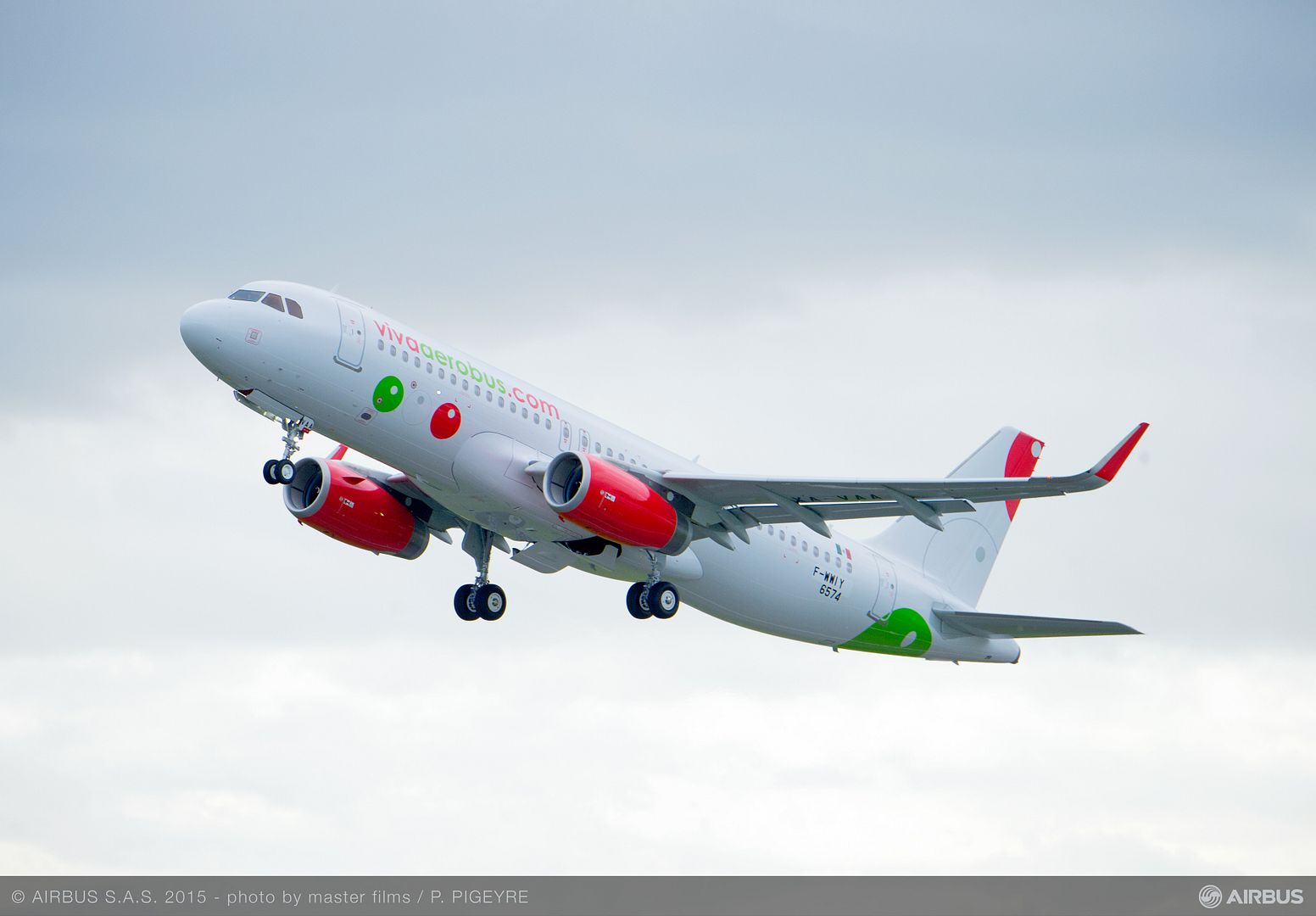
-
 Main AdminRoyal Australian Air Force Maj. Andrew Jackson, 61st Fighter Squadron RAAF squadron leader, performs pre-flight checks in a RAAF F-35 A Lightning II at Luke Air Force Base, Arizona, May 14, 2015. Pre-flight checks help ensure the aircraft is fit and flight ready. Jackson was the first Australian pilot to fly the RAAF F-35 at Luke. (U.S. Air Force photo by Senior Airman James Hensley)
Main AdminRoyal Australian Air Force Maj. Andrew Jackson, 61st Fighter Squadron RAAF squadron leader, performs pre-flight checks in a RAAF F-35 A Lightning II at Luke Air Force Base, Arizona, May 14, 2015. Pre-flight checks help ensure the aircraft is fit and flight ready. Jackson was the first Australian pilot to fly the RAAF F-35 at Luke. (U.S. Air Force photo by Senior Airman James Hensley)
Royal Australian Air Force Maj. Andrew Jackson, 61st Fighter Squadron RAAF squadron leader, taxis out to the runway at Luke Air Force Base, Arizona, May 14, 2015. Jackson is the first Australian pilot to fly the RAAF F-35 at Luke. (U.S. Air Force photo by Senior Airman James Hensley)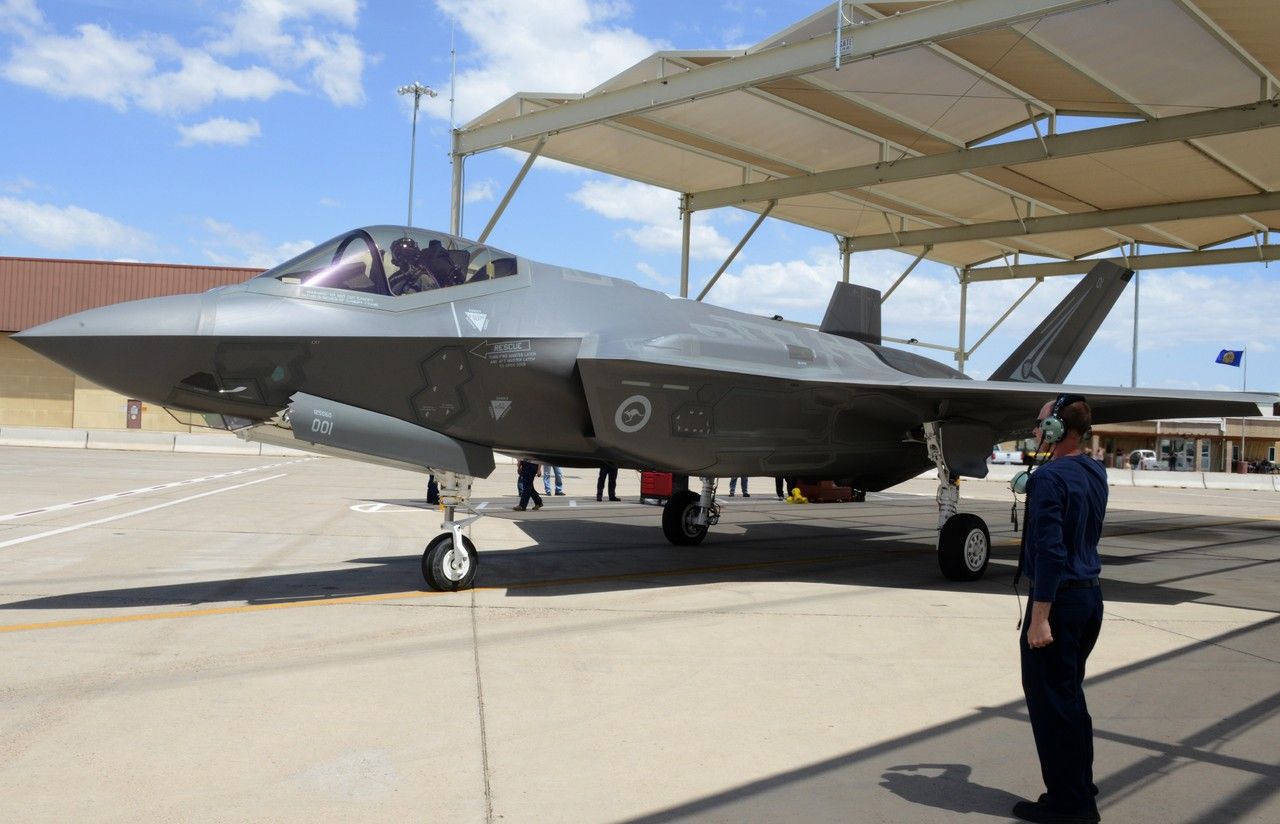
Royal Australian Air Force Maj. Andrew Jackson, 61st Fighter Squadron RAAF squadron leader, takes off in a RAAF F-35 A Lightning II at Luke Air Force Base, Ariz., May 14, 2015. This flight marks the first F-35 sortie for the RAAF. (U.S. Air Force photo by Senior Airman Devante Williams)
FORT WORTH, Texas (May 12, 2015) An F-35A Lightning II aircraft known as AF-73, rolled out of Lockheed Martin's aircraft final finishes facility on April 29, with the first set of vertical tails manufactured by the Australian company Marand. (U.S. Navy photo by Beth Steel/Released)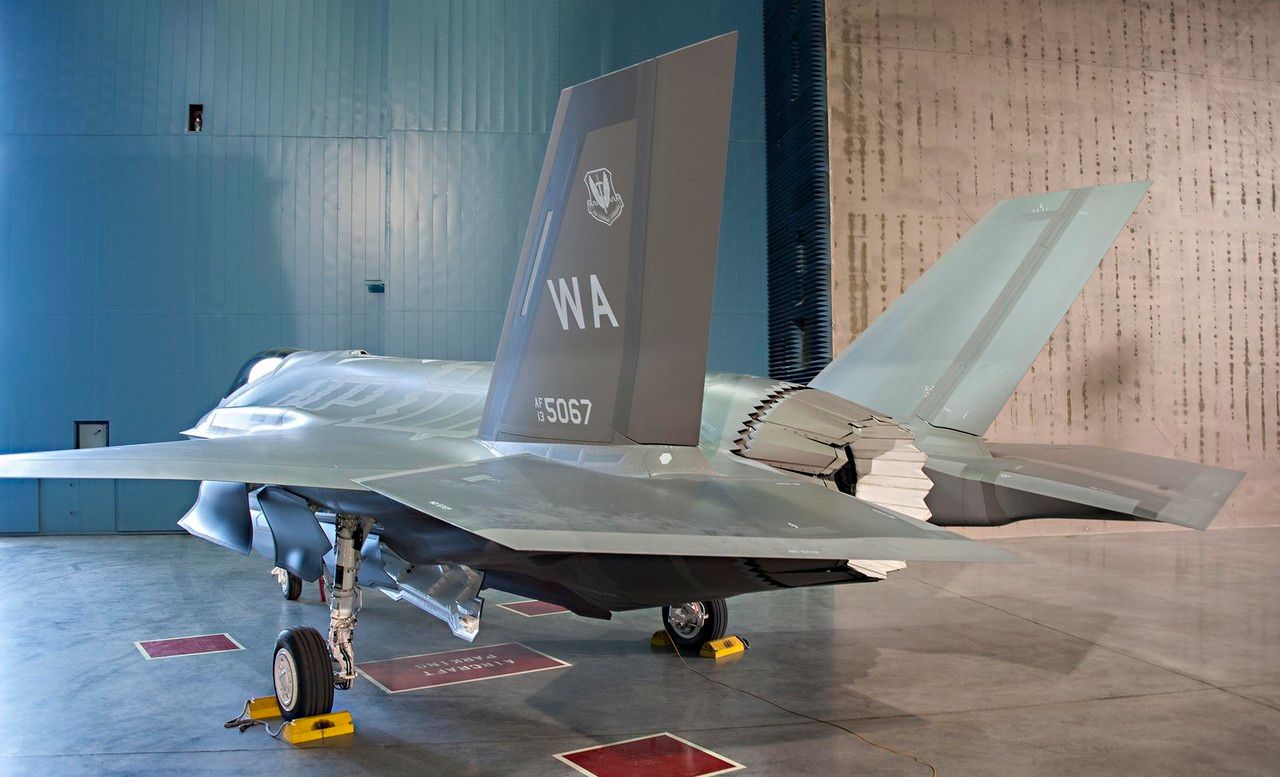
5/16/2015 - An E-3 Airborne Warning and Control System aircraft from Tinker Air Force Base, Okla., prepares to land at Davis-Monthan AFB, Ariz., May 16, 2015. Eight AWACS arrived here due to tornado alerts in Oklahoma. AWACS provide all-weather surveillance, command, control and communications needed by commanders of U.S. and NATO air defense forces. (U.S. Air Force photo's by Senior Airman Betty R. Chevalier)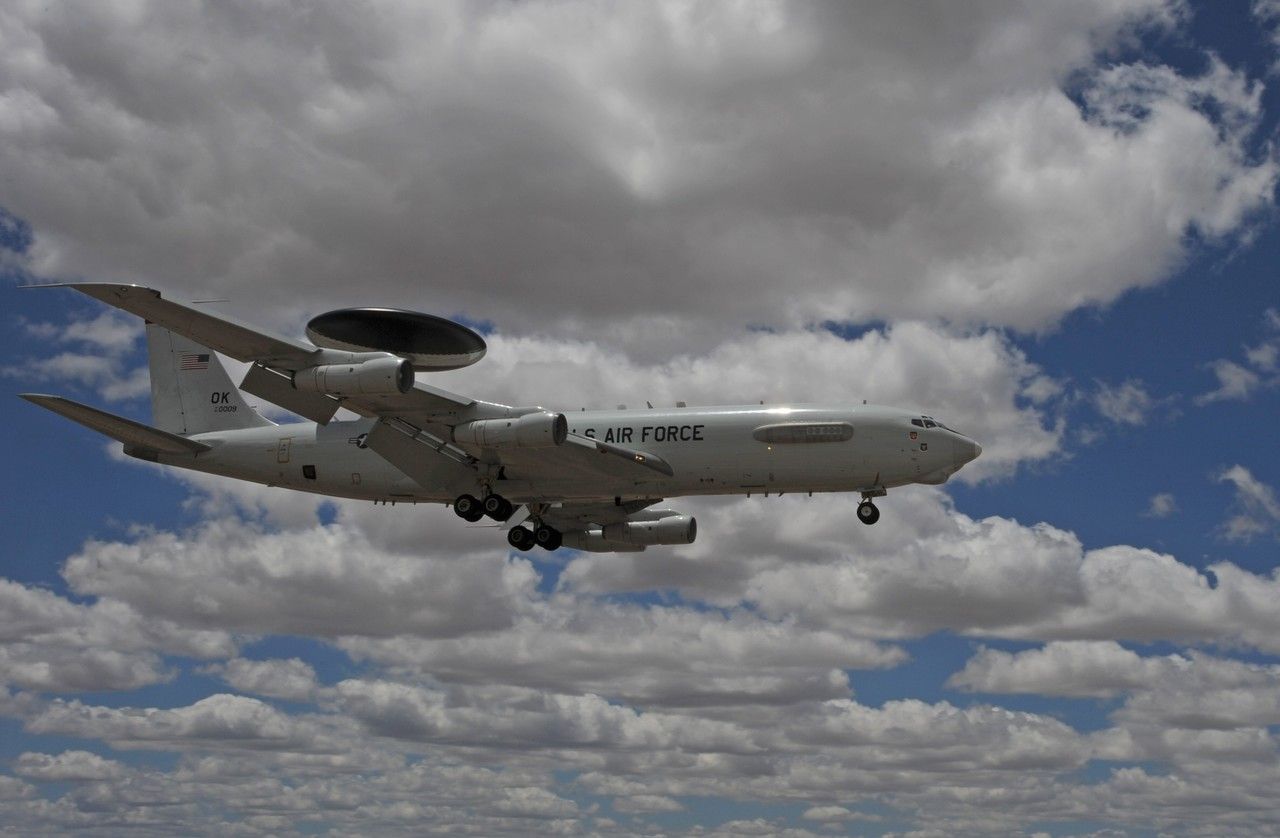
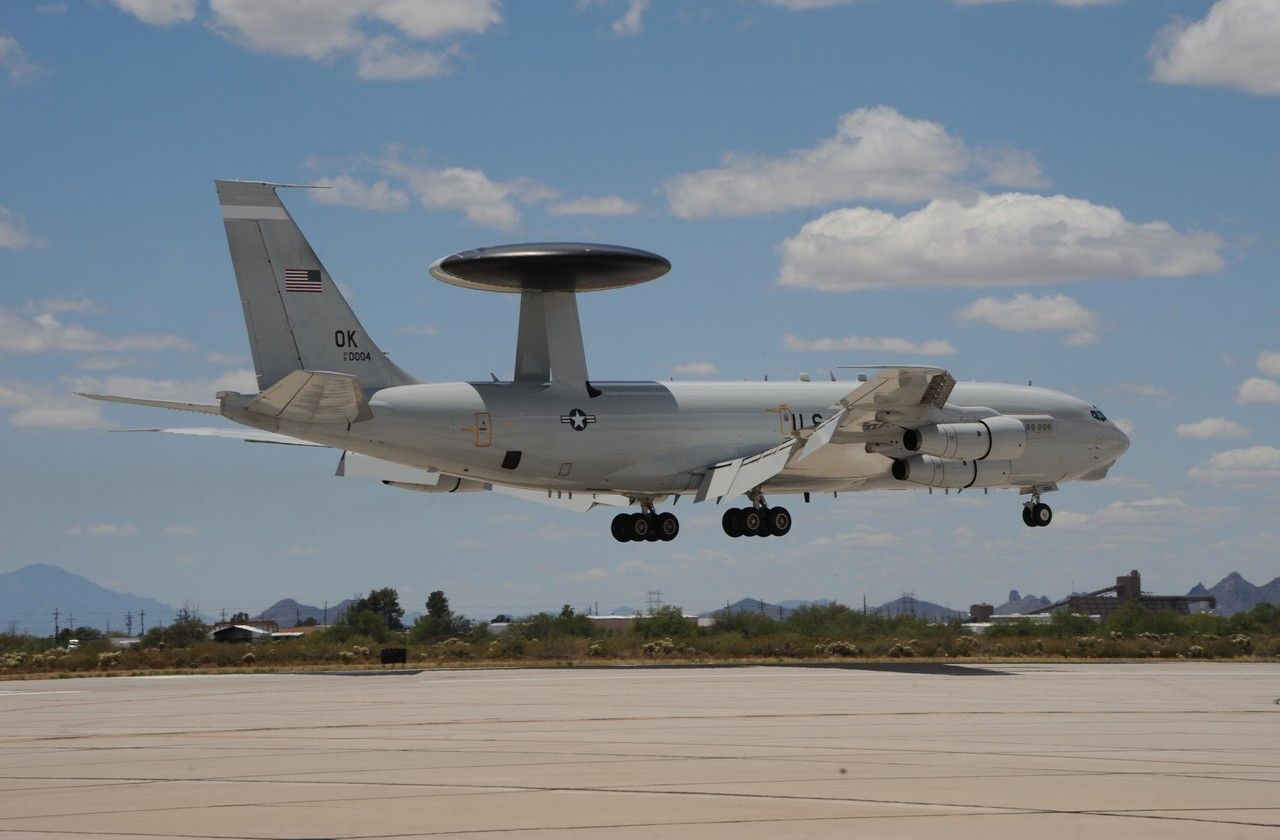
AV-8B Harrier's with Marine Medium TIltrotor Squadron 161 (Reinforced), 15th Marine Expeditionary Unit, launch off the flight deck of the USS Essex (LDH 2) at sea in the Pacific Ocean, May 13, 2015. The 15th MEU?s air combat element is launched and recovered Harriers to maintain readiness and proficiency during their seven-month deployment. (U.S. Marine Corps photo's by Cpl. Elize McKelvey/Released)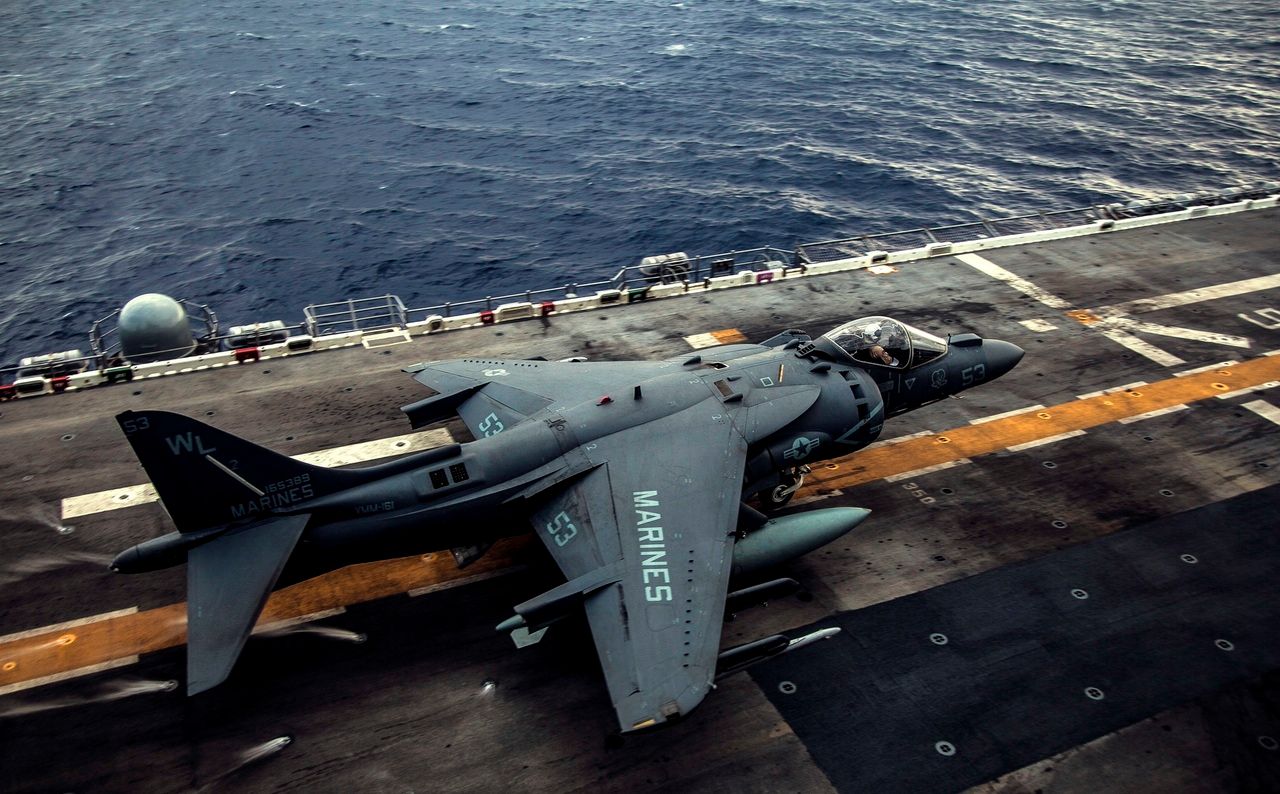
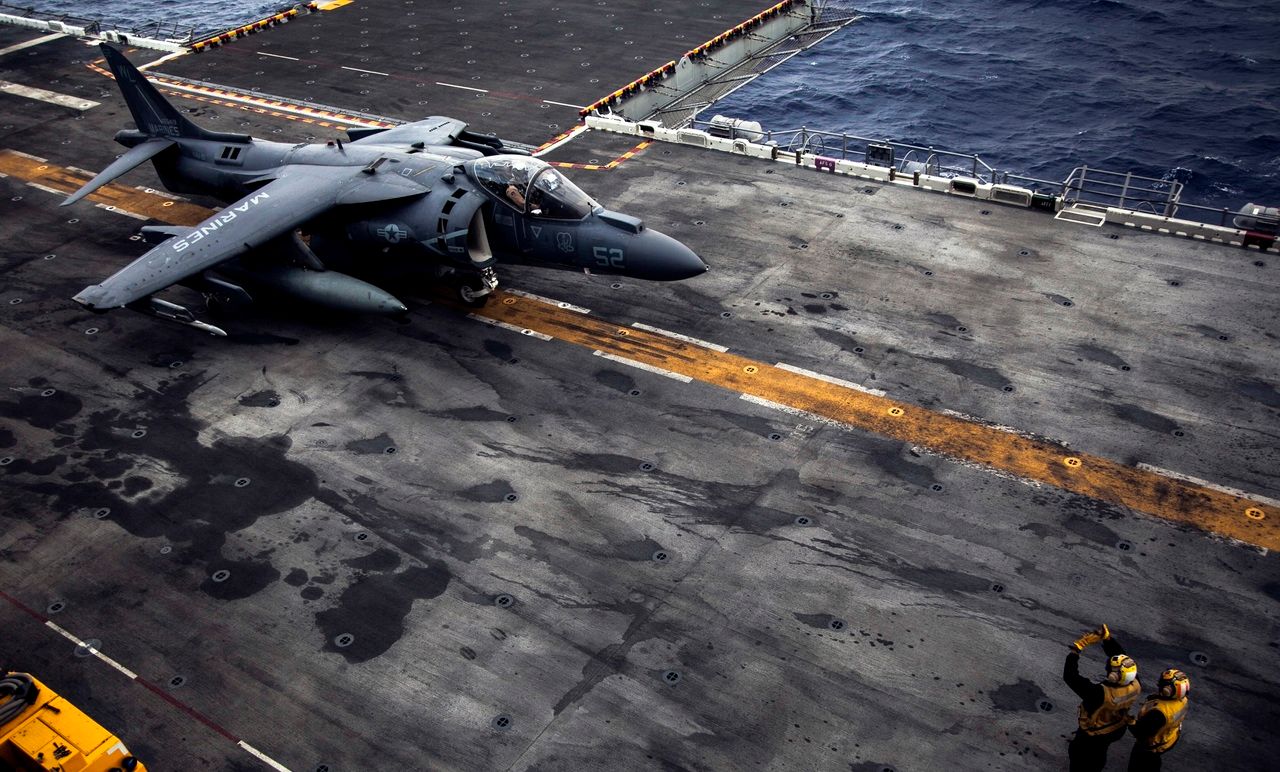
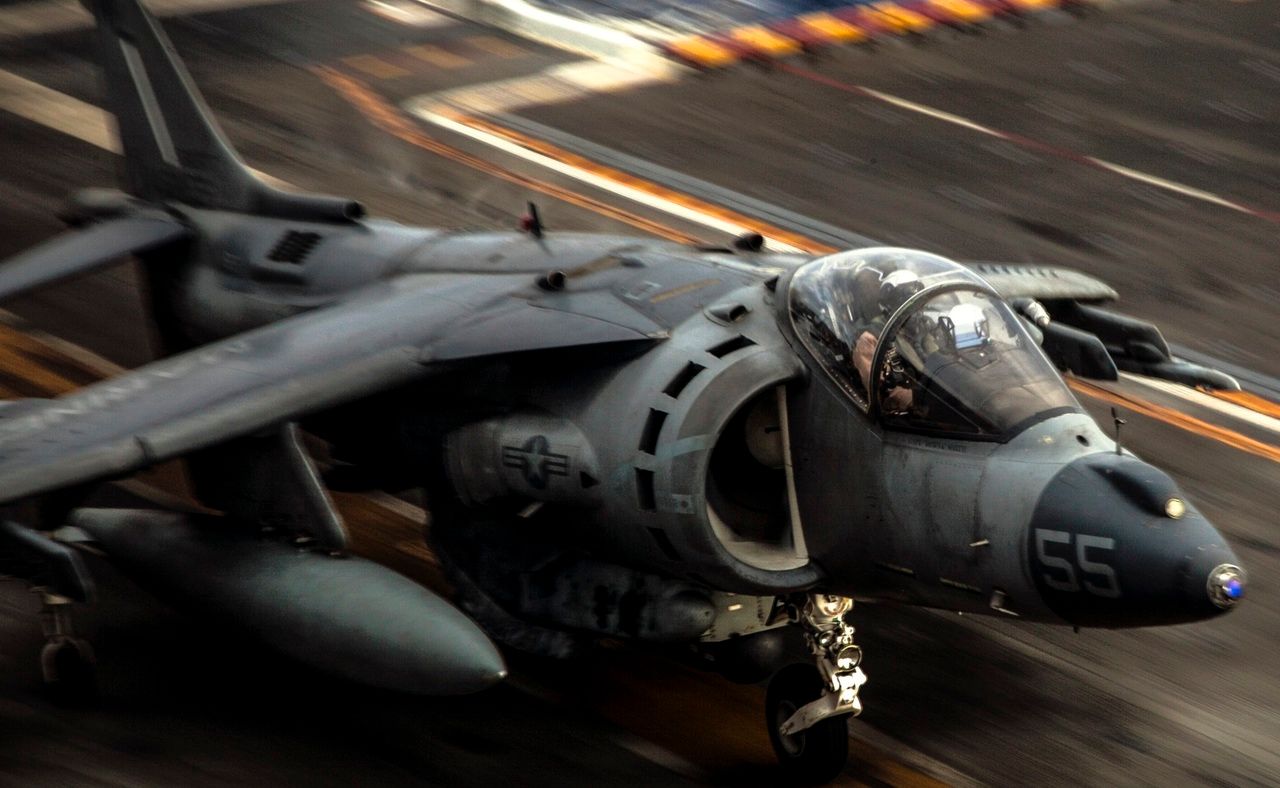
-
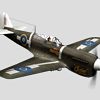 Admin
Admin
No doubt the rank and unit title conversions were made for US military consumption but, purely out of curiosity, does anyone know if it's usual for the US military (or any other for that matter) to do that with either its press releases and/or documentation?
Duggy
Royal Australian Air Force Maj. Andrew Jackson, 61st Fighter Squadron RAAF squadron leader -
 Main AdminGENEVA, May 18, 2015 /PRNewswire/ -- Boeing [NYSE:BA] Business Jets (BBJ) announced today at the European Business Aviation Conference & Exhibition (EBACE) that Split Scimitar Winglets are now standard on new BBJs.
Main AdminGENEVA, May 18, 2015 /PRNewswire/ -- Boeing [NYSE:BA] Business Jets (BBJ) announced today at the European Business Aviation Conference & Exhibition (EBACE) that Split Scimitar Winglets are now standard on new BBJs.
The BBJ, a business jet based on the Next-Generation 737 family, is the first business jet to offer the Split Scimitar Winglets as a standard feature
The Split Scimitar Winglets ? designed, developed and certified by Aviation Partners Boeing (APB) ? also will be offered for retrofit on in-service BBJs by Aviation Partners Inc. (API).
"We are very excited to offer the Split Scimitar Winglet for our current BBJ family," said Boeing Business Jets President David Longridge. "It is another example of our dedication to continuous improvement for the BBJ family, and we think our customers will enjoy the increased performance and design."
The Split Scimitar Winglet gives the BBJ family up to an additional 2.2 percent of range capability on a 6,000 nautical mile mission, providing customers increased performance and flexibility. The Split Scimitar Winglet takes the existing blended winglet and adds a scimitar tip and downward strake.
The first in-service BBJ to have Split Scimitar Winglets installed is available to view at the static airplane display this week at EBACE.
Boeing Business Jets offers a wide variety of ultra-large-cabin, long range airplanes perfectly suited for the private jet market. The product line includes the BBJ and BBJ MAX family as well as Boeing widebody airplanes including the BBJ 787, 777, and 747-8.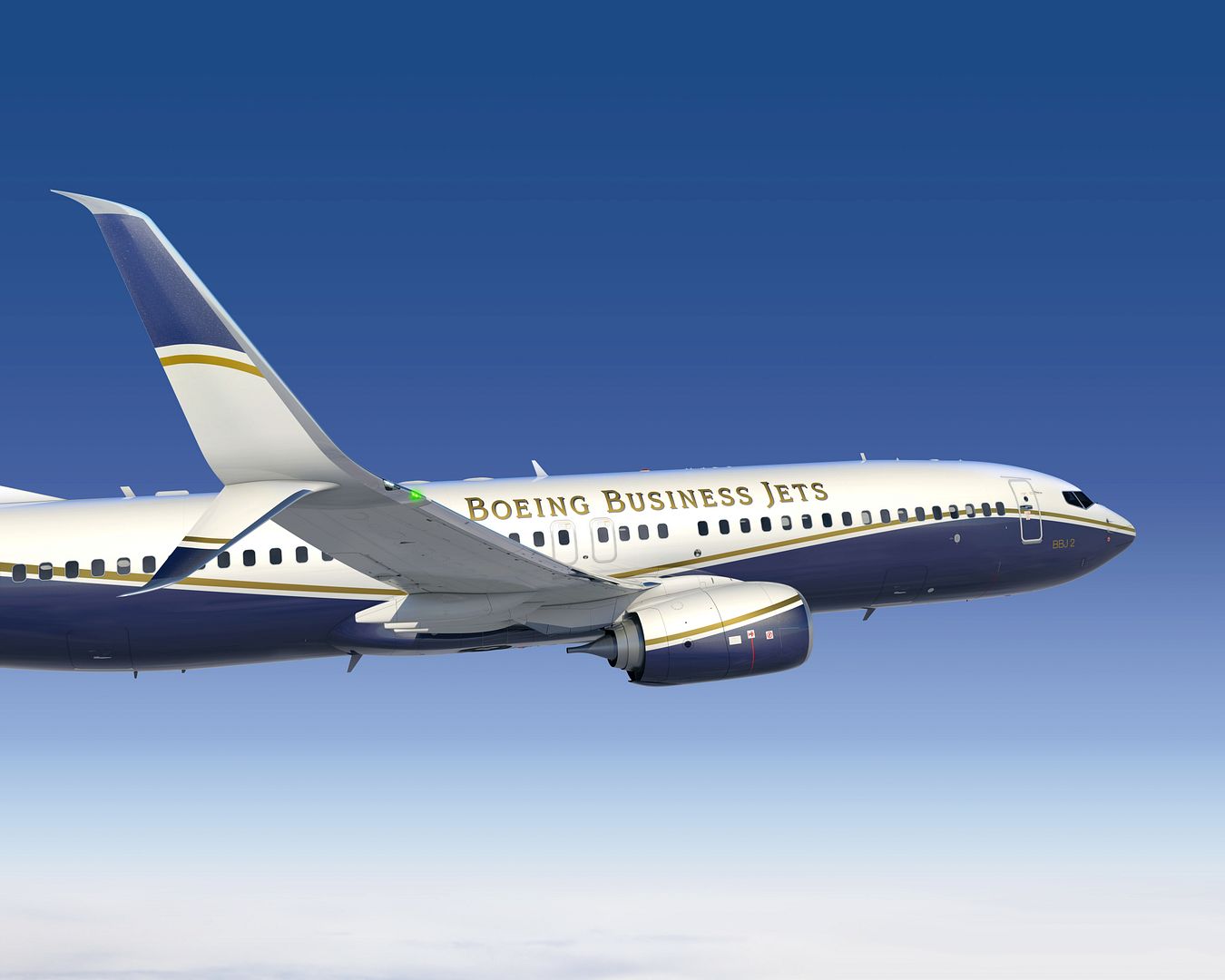
19 May 2015 Press Release
Marking the start of testing for second engine choice
The first A320neo equipped with CFM International LEAP-1A engines completed its maiden flight today in Toulouse, France. The aircraft, registration F-WNEW, was flown by Experimental Test Pilots Philippe Perrin and Malcolm Ridley. Accompanying them in the cockpit was Test-Flight Engineer Jean-Michel Pin and monitoring the progress of the flight profile were the Flight-Test Engineers Tuan Do and Philippe Pupin. The flight lasted 4 hours and 25 minutes during which tests were performed to validate the aircraft?s flight envelope up to the maximum altitude (39,000ft) and test the engine speed variation (low/high) in addition to checking systems behaviour.
?Today marks yet another important step forward in the development of the A320neo and I would like to warmly thank all the teams who made this first flight happen,? said Klaus Roewe, Head of the A320 Programme. ?With the second NEO engine now taking to the skies, we are progressing well towards fulfilling our objective to offer our customers an engine choice for a product at the cutting edge of competitiveness.?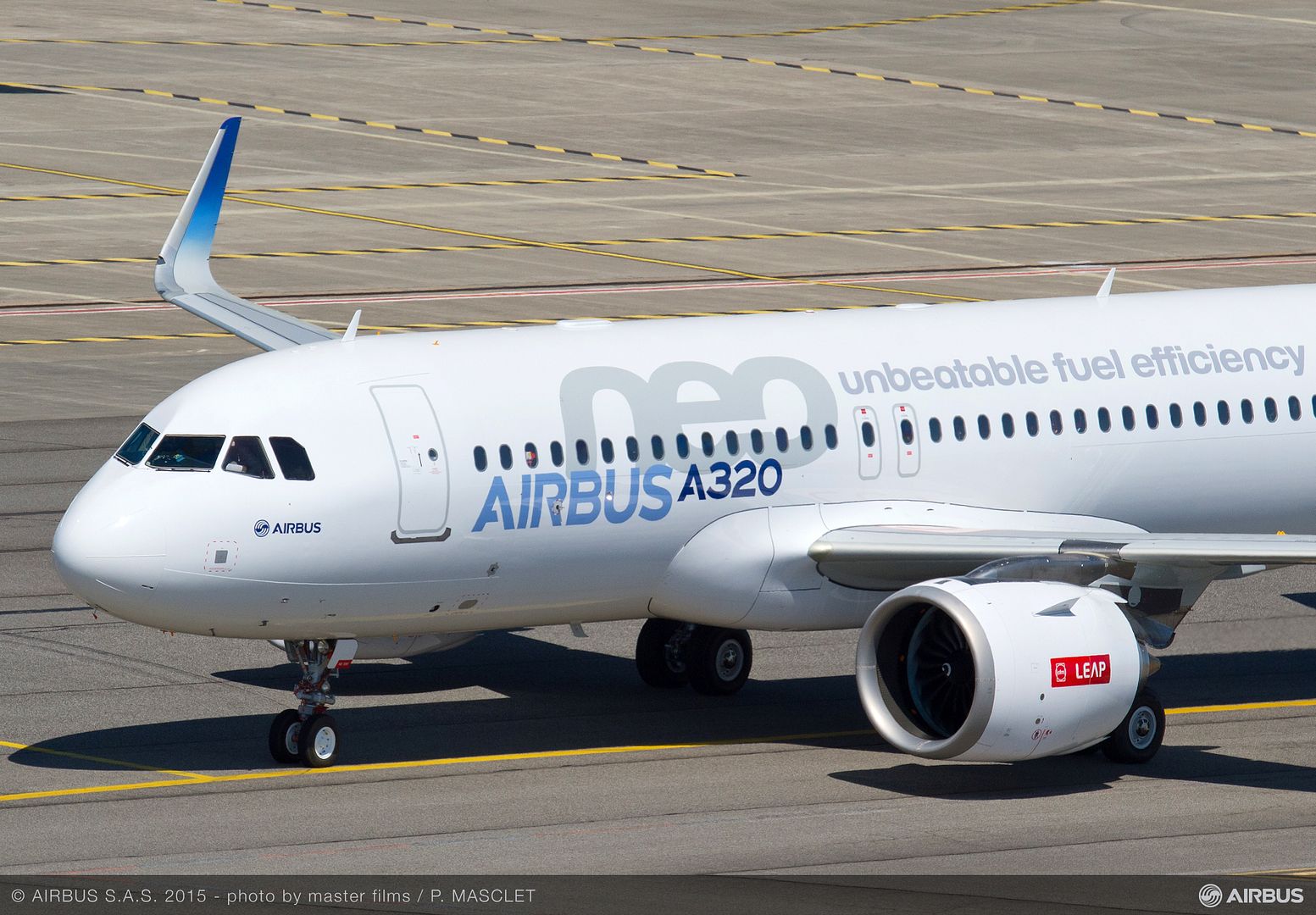
Six US Marine Corps F-35B fighters have landed on the USS Wasp for a two-week series of ?operational? tests intended to prepare for the Initial Operational Capability planned for sometime this summer. (USMC photo's)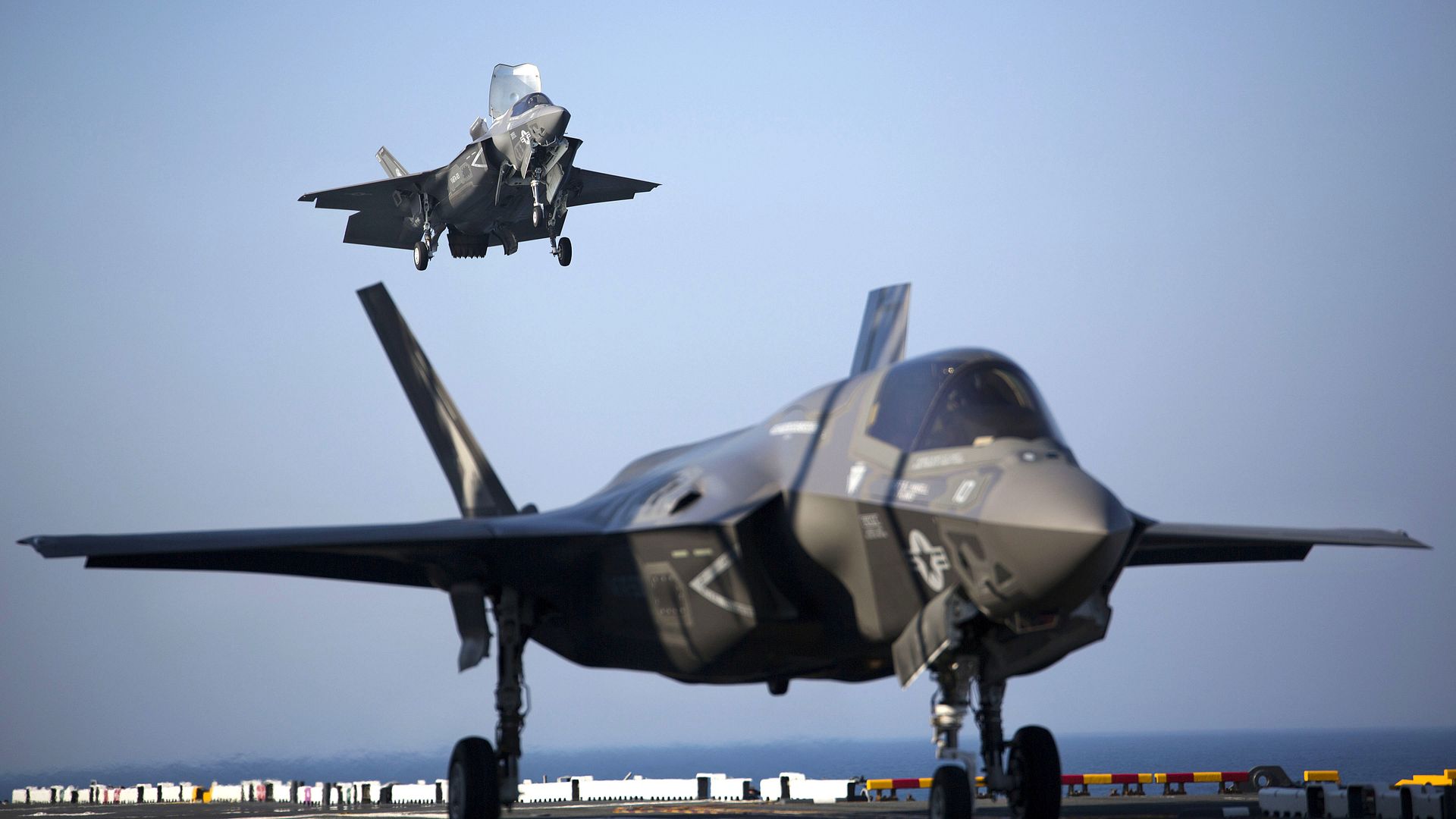


-
 Main AdminThe engines on a B-52H Stratofortress are started in preparation for an aircraft launch in support of Exercise Eager Lion 2015 mission at Barksdale Air Force Base, La., May 17, 2015.
Main AdminThe engines on a B-52H Stratofortress are started in preparation for an aircraft launch in support of Exercise Eager Lion 2015 mission at Barksdale Air Force Base, La., May 17, 2015.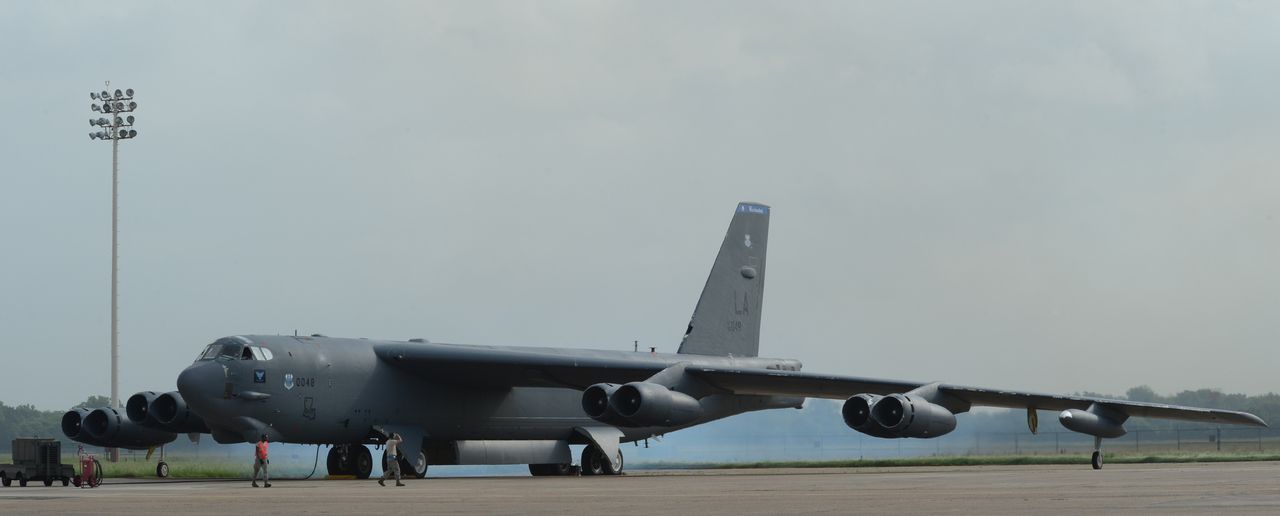
A B-52H Stratofortress takes off from Barksdale Air Force Base, La., in support of Exercise Eager Lion May 17, 2015. Spanning approximately 35 hours and 14,000 miles, the nonstop mission and participation in one of U.S. Central Command's premier training events, provided aircrews with a unique opportunity to integrate and train in joint and coalition operations with a U.S. Geographic Combatant Command and international partners to enhance interoperability and cooperation. (U.S. Air Force photo/Senior Airman Benjamin Gonsier)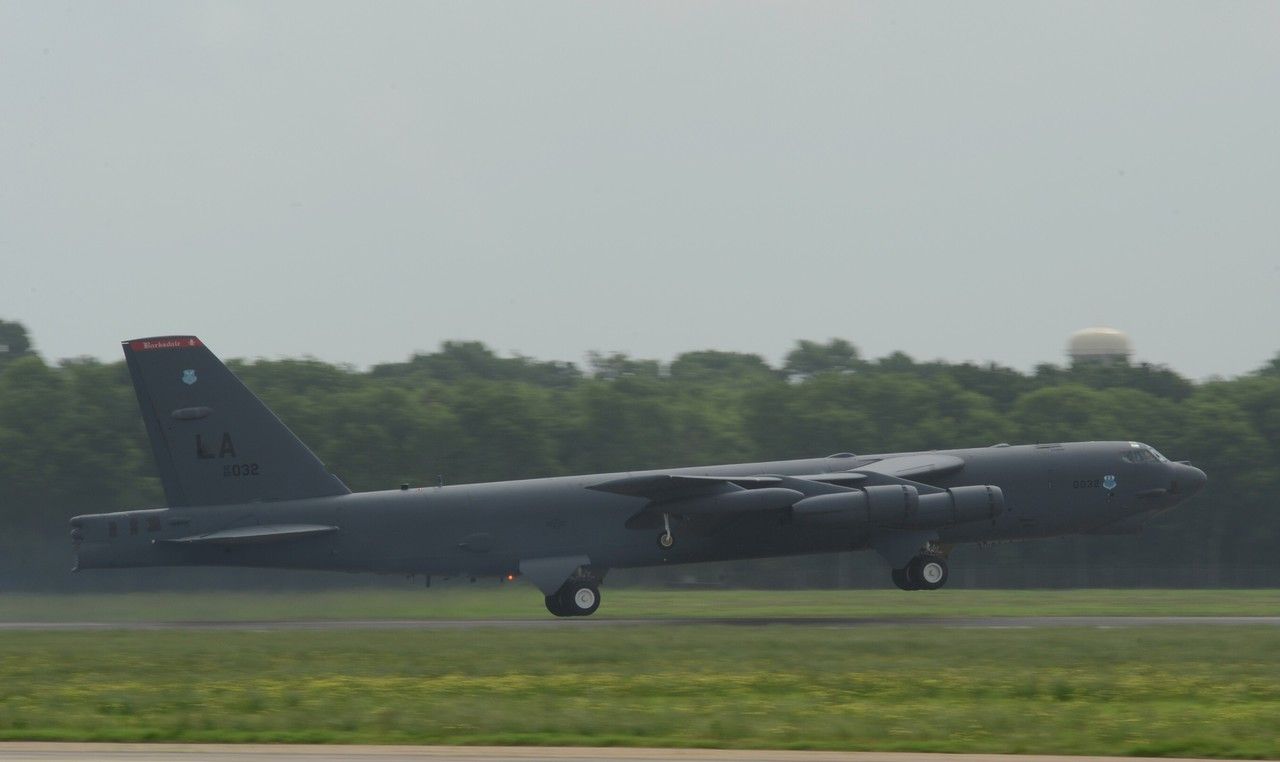
A U.S. Air Force B-52H Stratofortress drops Guided Bomb Unit-38's during a combined live fire demonstration during Exercise Eager Lion in Wadi Shadiya, Jordan, May 18, 2015.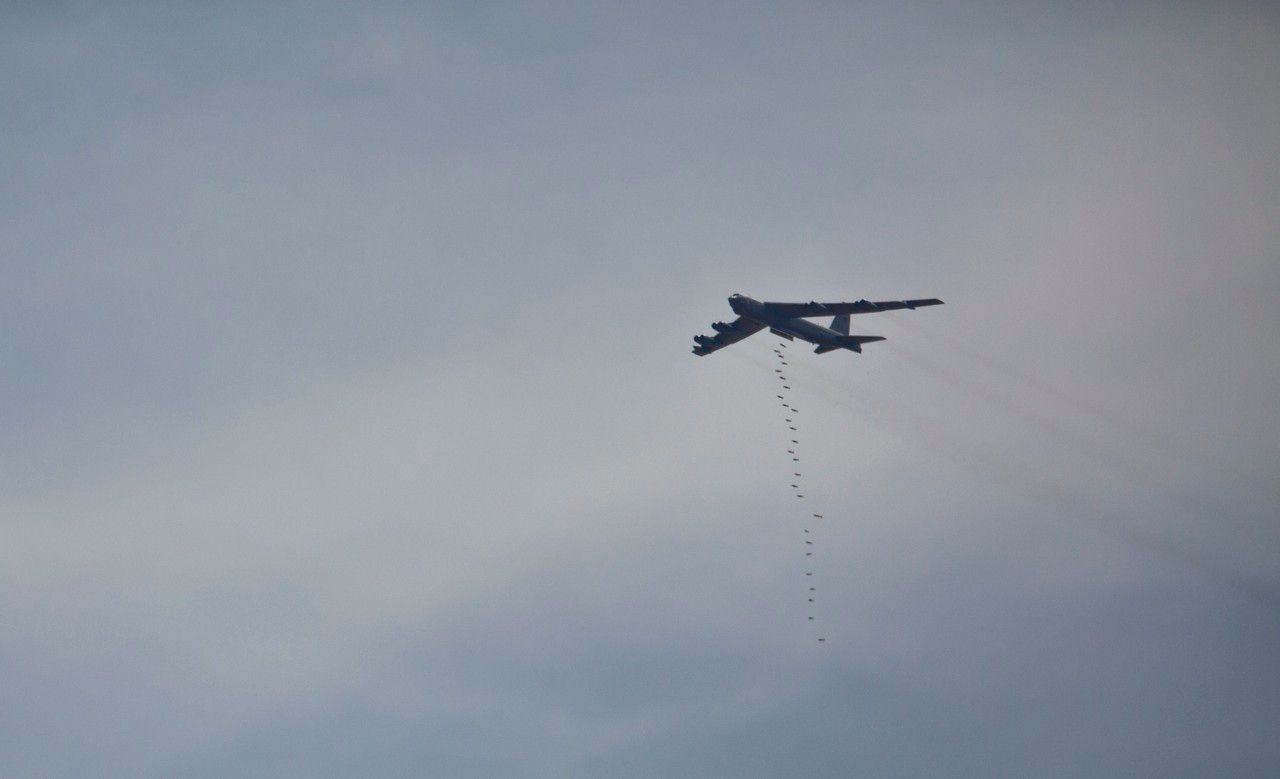
Guided Bomb Unit-38's impact the ground after being dropped from a U.S. Air Force B-52H Stratofortress during a combined live fire demonstration during Exercise Eager Lion in Wadi Shadiya, Jordan, May 18, 2015. Eager Lion is a recurring, multinational exercise designed to strengthen military-to-military relationships, increase interoperability between partner nations, and enhance regional security and stability. (U.S. Marine Corps photo by Cpl. Sean Searfus CE MARFOR CENTCOM FWD COMCAM/ Released)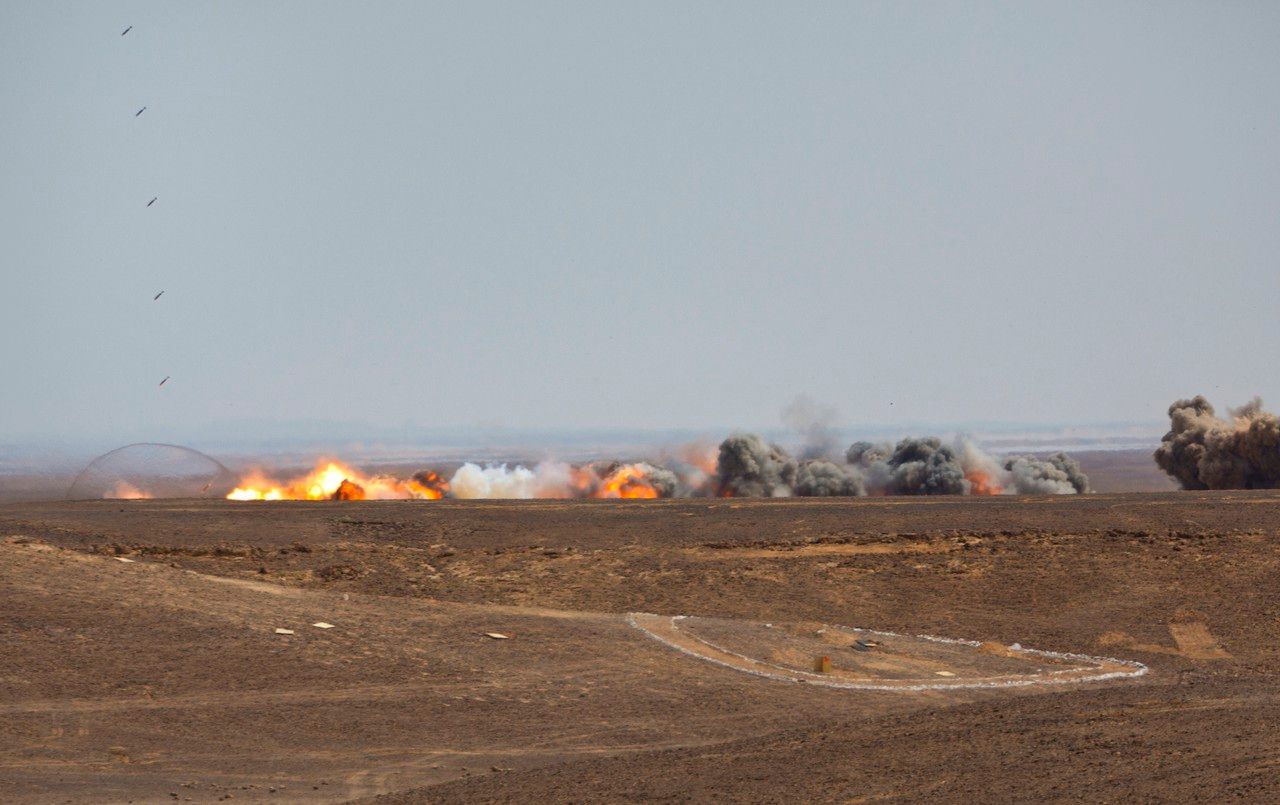
A Spanish Navy Harrier flies over the water after departing Naval Station Rota, Spain, for an aerial-refueling exercise with U.S. Marines from Special-Purpose Marine Air-Ground Task Force Crisis Response-Africa May 15, 2015. Two Harriers flew behind a U.S. Marine KC-130J, which extended two refueling lines to allow the pilots to test their ability to complete inflight-refueling techniques. (U.S. Marine Corps photo by Sgt. Paul Peterson/Released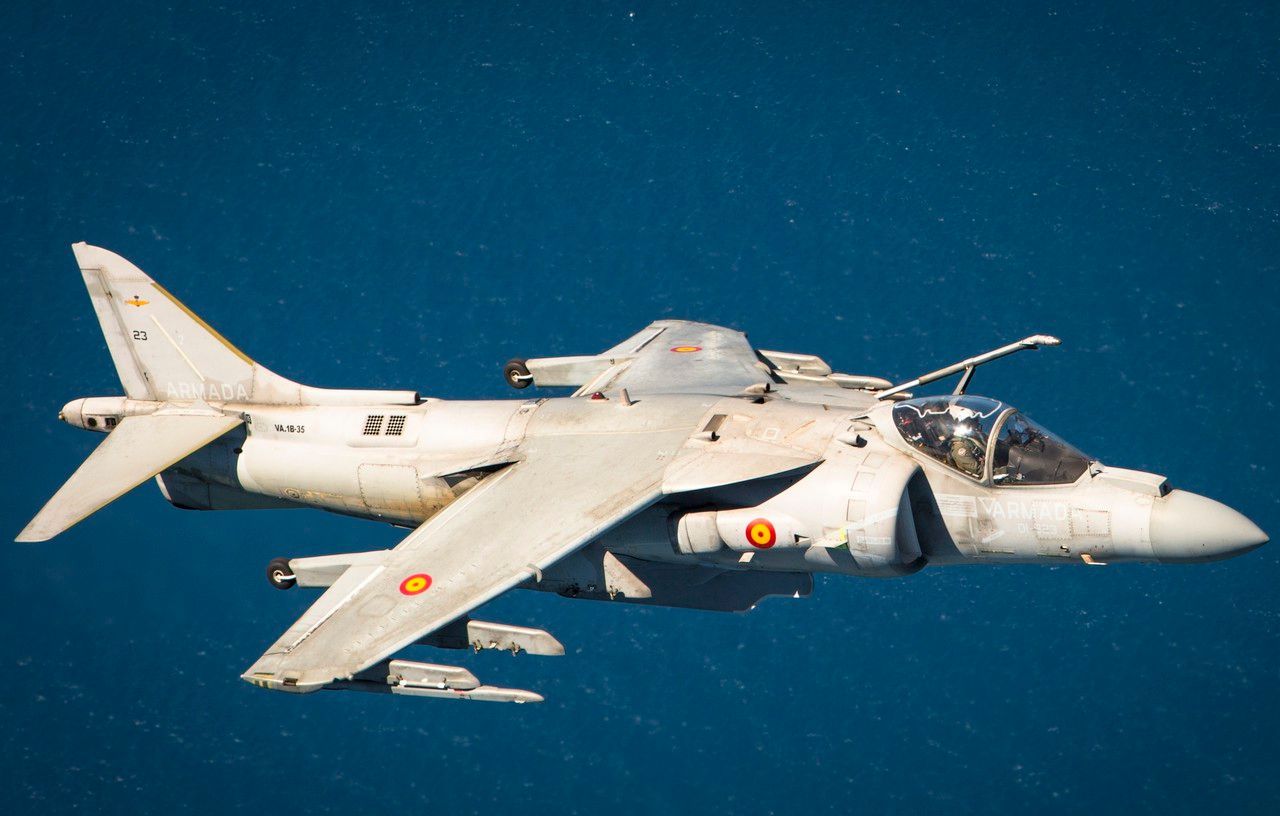
Two Spanish Navy Harriers fly behind a U.S. Marine KC-130J from Special-Purpose Marine Air-Ground Task Force Crisis Response-Africa during an aerial-refueling exercise off the coast of Spain May 15, 2015. The aerial-refueling capabilities of the KC-130J greatly extend the range and flight times of NATO aircraft. (U.S. Marine Corps photo by Sgt. Paul Peterson/Released)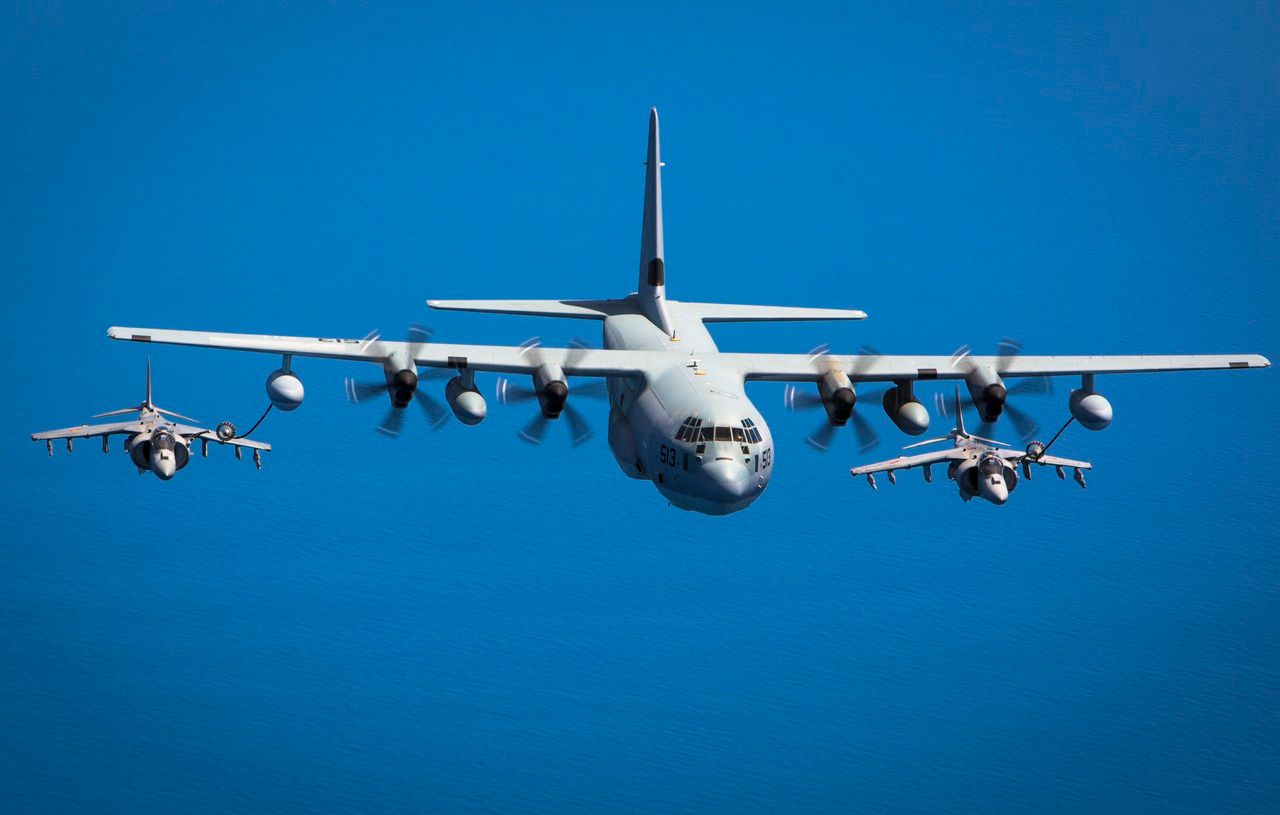
CELEBUS SEA (May 13, 2015) An EA-18G Growler assigned to the Cougars of Electronic Attack Squadron (VAQ) 139 launches from the aircraft carrier USS Carl Vinson (CVN 70). Carl Vinson and its embarked air wing, Carrier Air Wing (CVW) 17, are deployed to the U.S. 7th Fleet area of operations supporting security and stability in the Indo-Asia-Pacific region. (U.S. Navy photo by Mass Communication Specialist 2nd Class John Philip Wagner, Jr./Released)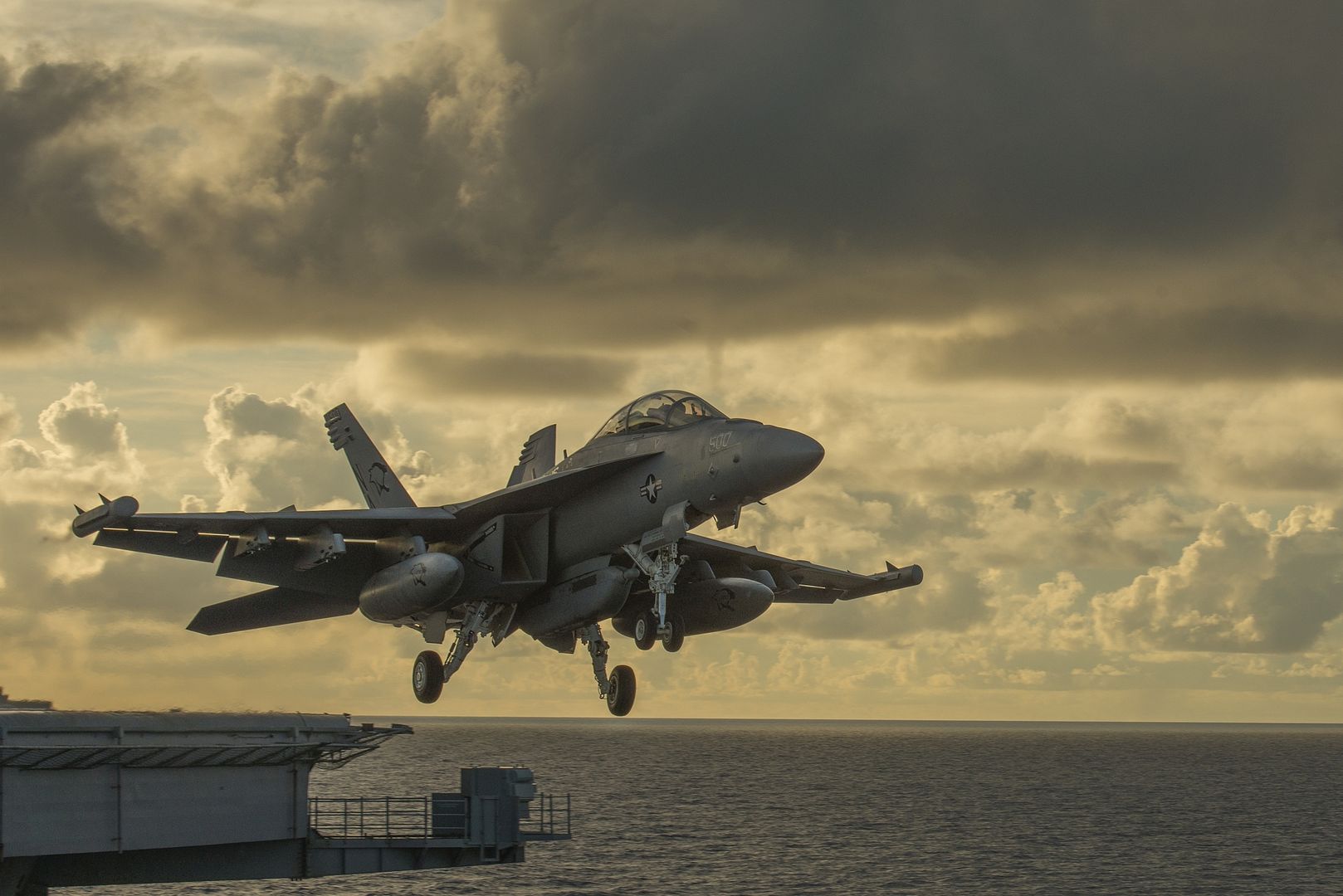
ATLANTIC OCEAN (May 18, 2015) F-35 Bravo Lighting II stand ready on the deck of amphibious assault ship USS Wasp (LHD 1) for day two of first phase operational testing (OT-1). Wasp, embarked with VMFA-121 and VMFAT-501 is underway conducting the OT-1, which will evaluate the full spectrum of F-35B measures of suitability and effectiveness to the maximum extent possible. Specifically, the ship trial will assess the integration of the F-35B while operating across a wide array of flight and deck operations, maintenance operations and logistical supply chain support in an at-sea environment. Data and lessons learned will lay the groundwork for F-35B deployments aboard U.S. Navy amphibious carriers following the Marine Corps? F-35B initial operating capability (IOC) declaration in July 2015. (U.S. Navy photo by Chief Mass Communication Specialist Willam Tonacchio/Released)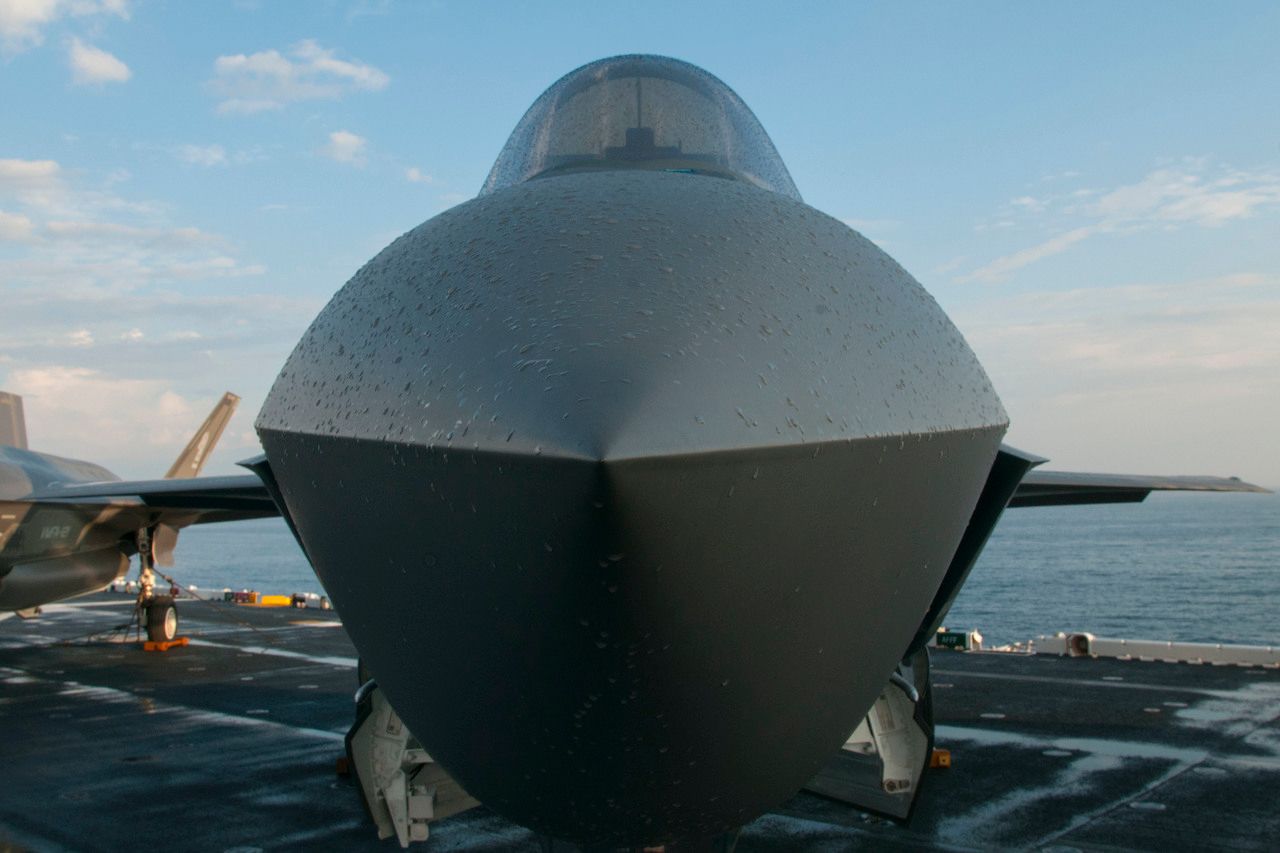
ATLANTIC OCEAN (May 18, 2015) An F-35B Lighting II lands on the flight deck of the amphibious assault ship USS Wasp (LHD 1). Wasp, embarked with VMFA-121 and VMFAT-501, is underway conducting the first phase of operational testing (OT-1) which will evaluate the full spectrum of F-35B measures of suitability and effectiveness to the maximum extent possible. Specifically, the ship trial will assess the integration of the F-35B while operating across a wide array of flight and deck operations, maintenance operations and logistical supply chain support in an at-sea environment. Data and lessons learned will lay the groundwork for F-35B deployments aboard U.S. Navy amphibious carriers following the Marine Corps? F-35B initial operating capability (IOC) declaration in July 2015. (U.S. Navy photo by Mass Communication Specialist Seaman Zhiwei Tan/Released)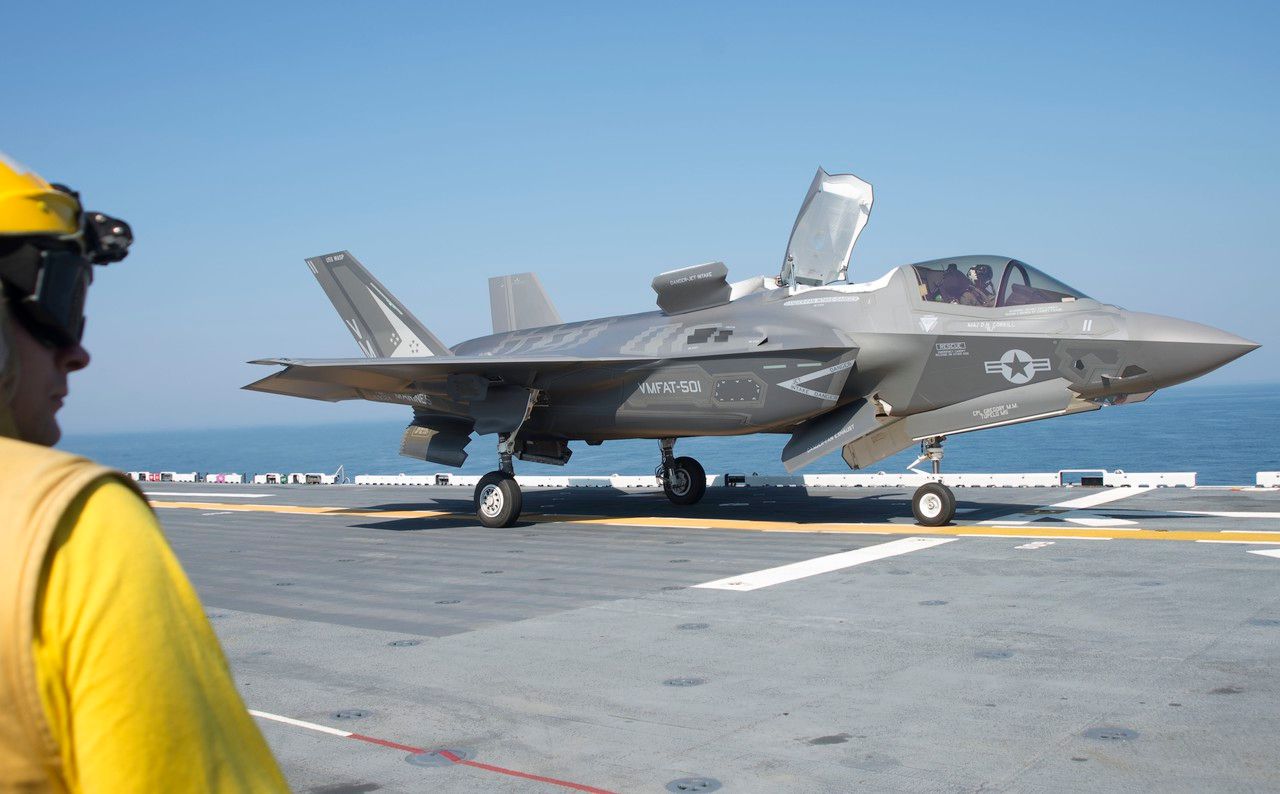
ATLANTIC OCEAN (May 18, 2015) An F-35B Lighting II lands on the flight deck of the amphibious assault ship USS Wasp (LHD 1). Wasp, embarked with VMFA-121 and VMFAT-501, is underway conducting the first phase of operational testing (OT-1) which will evaluate the full spectrum of F-35B measures of suitability and effectiveness to the maximum extent possible. Specifically, the ship trial will assess the integration of the F-35B while operating across a wide array of flight and deck operations, maintenance operations and logistical supply chain support in an at-sea environment. Data and lessons learned will lay the groundwork for F-35B deployments aboard U.S. Navy amphibious carriers following the Marine Corps? F-35B initial operating capability (IOC) declaration in July 2015. (U.S. Navy photo by Mass Communication Specialist Seaman Zhiwei Tan/Released)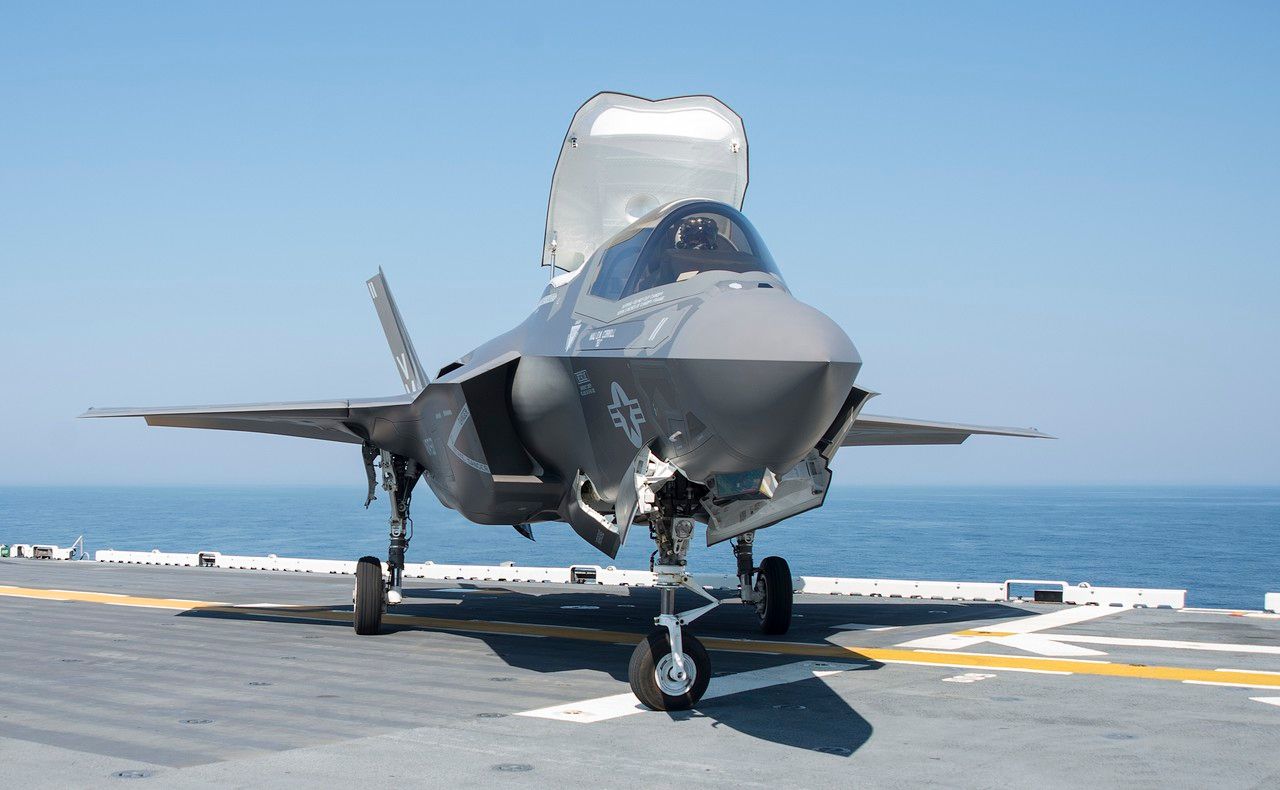
ATLANTIC OCEAN (May 18, 2015) An F-35B Lighting II lands on the flight deck of the amphibious assault ship USS Wasp (LHD 1). Wasp, embarked with VMFA-121 and VMFAT-501, is underway conducting the first phase of operational testing (OT-1) which will evaluate the full spectrum of F-35B measures of suitability and effectiveness to the maximum extent possible. Specifically, the ship trial will assess the integration of the F-35B while operating across a wide array of flight and deck operations, maintenance operations and logistical supply chain support in an at-sea environment. Data and lessons learned will lay the groundwork for F-35B deployments aboard U.S. Navy amphibious carriers following the Marine Corps? F-35B initial operating capability (IOC) declaration in July 2015. (U.S. Navy photo by Mass Communication Specialist Seaman Zhiwei Tan/Released)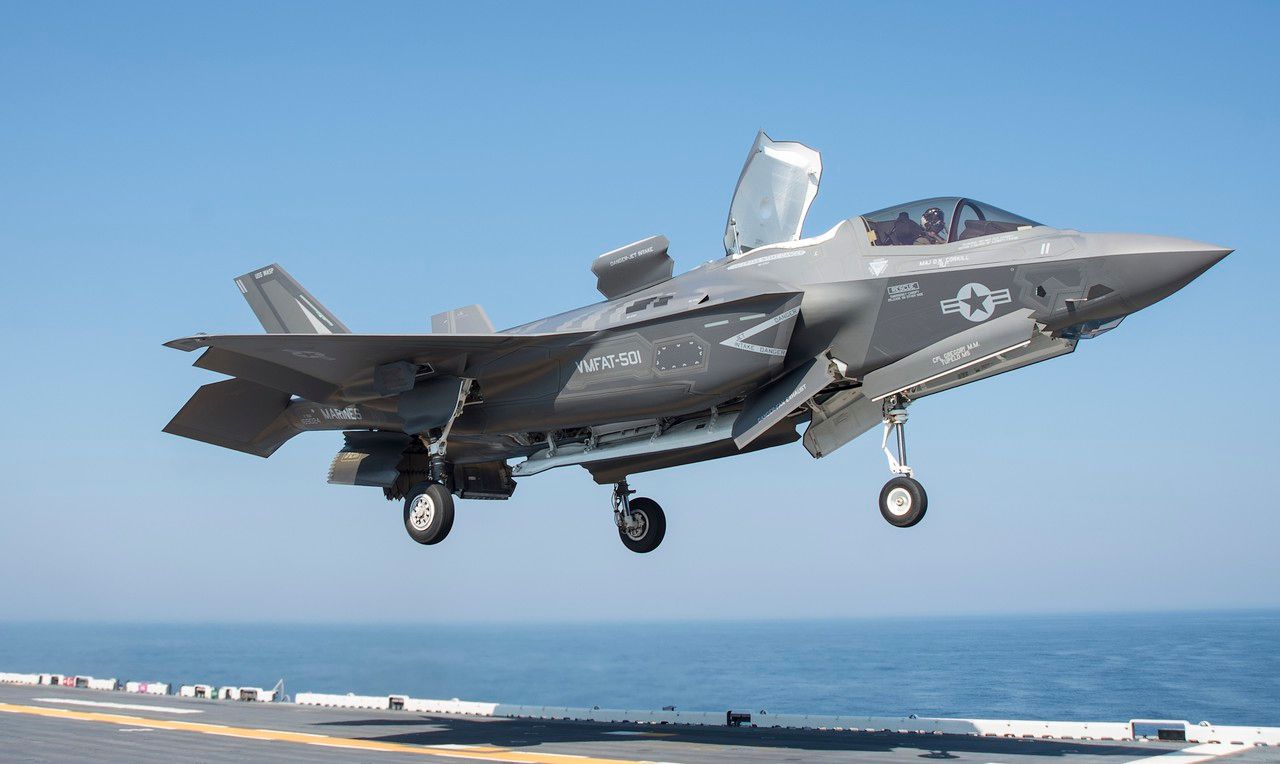
ATLANTIC OCEAN (May 20, 2015) The amphibious assault ship USS Wasp?s (LHD 1) executive officer Capt. Andrew Smith watches over a group of distinguished visitors as they view F-35B flight operations. Distinguished visitors visited Wasp as she conducts the F-35B first phase operational testing to include flight deck operations, maintenance operations and logistical supply chain operations at sea. (U.S. Navy photo by Chief Mass Communication Specialist William Tonacchio/Released)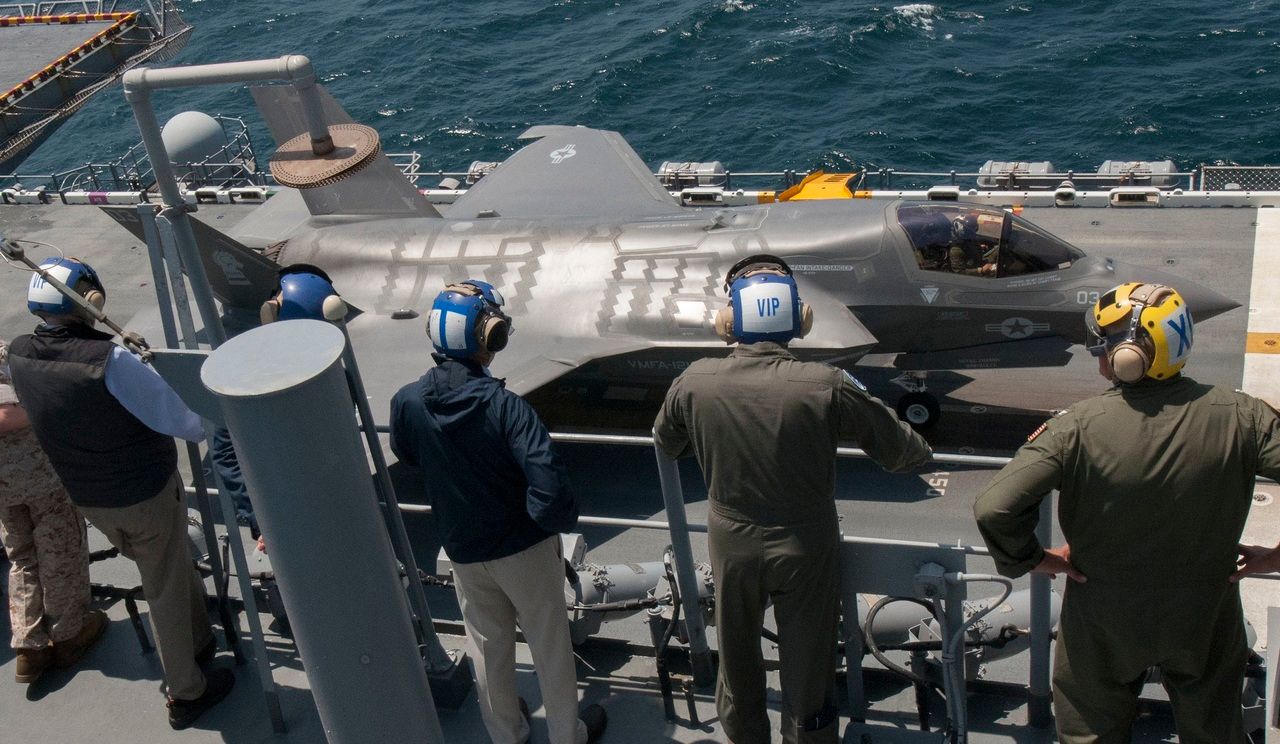
SEATTLE, May 20, 2015 ? Initial operating capability (IOC) of the modernized French Airborne Warning and Control System (AWACS) fleet has been achieved with Boeing?s [NYSE: BA] delivery of the second of four upgraded aircraft and completion of the operational tests and evaluations. The upgrade is part of a Foreign Military Sale between the French Defense Procurement and Technology Agency (Direction g?n?rale de l'armement ? DGA) and the U.S. government.
?With the declaration of IOC, the French Air Force is able to utilize the new capabilities of the Mid-life Upgrade to protect our national and international interests. This improvement will contribute to maintaining high operational performance and reinforce interoperability capability for at least the next twenty years,? said Lieutenant-Colonel Olivier Duplessy, French Air Force AWACS Program Officer.
France has four AWACS to monitor national airspace, national interests, and support allied missions. The aircraft are receiving modifications through a Mid-life Upgrade (MLU) to increase the fleet?s surveillance, communications and battle management capabilities. AWACS crew members will experience reduced workload, receive more actionable information and have better situational awareness thanks to these enhancements.
?The exemplary teamwork between Boeing and Air France Industries was key in delivering the first two upgraded AWACS on schedule,? said Yves Galland, president Boeing France. ?We?re looking forward to pursue our successful partnership with Air France Industries to deliver the last two aircraft on time and meet the French Air Force requirements on this strategic program.?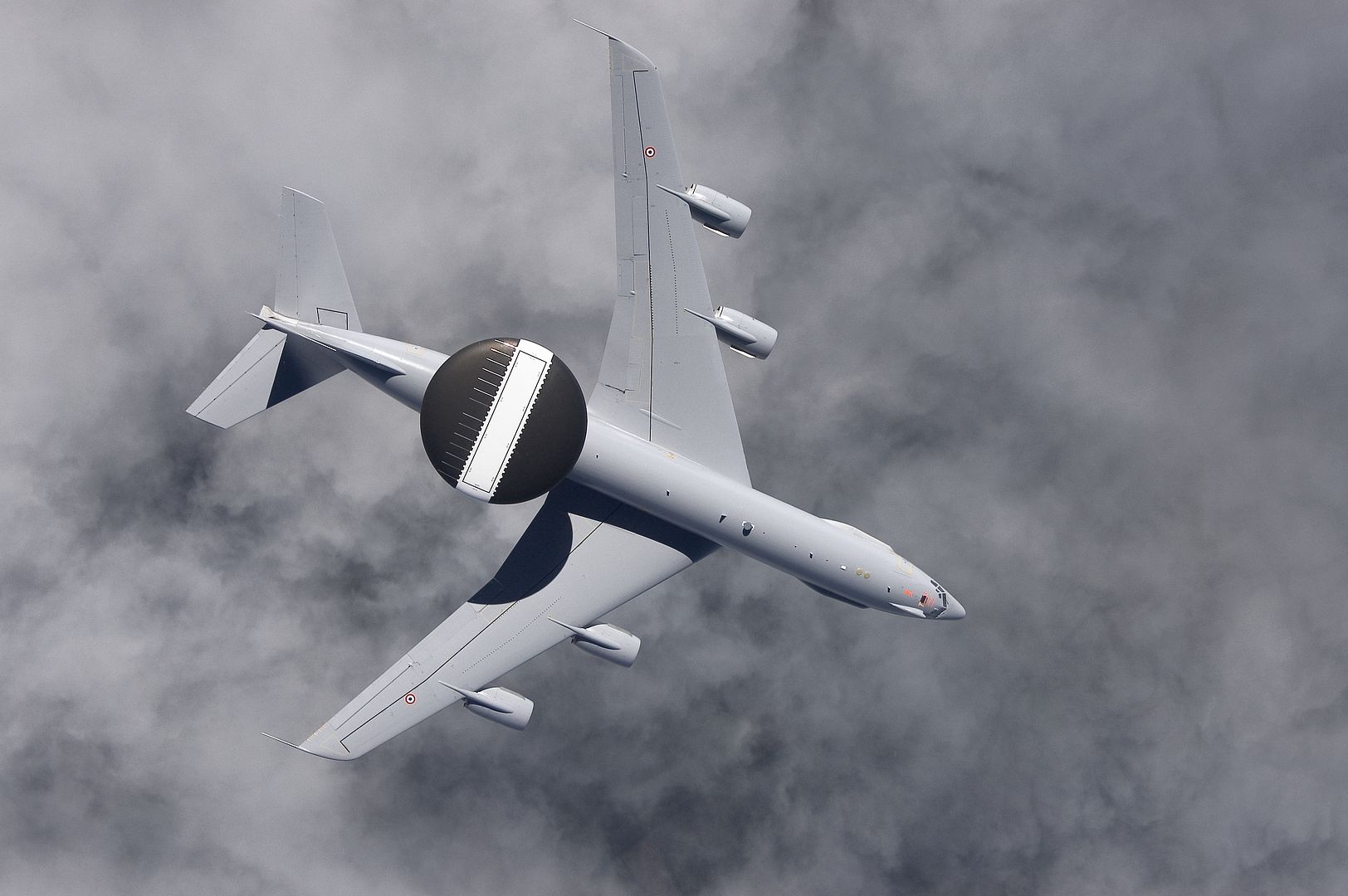
SAN ANTONIO, May 20, 2015 ? Boeing [NYSE: BA] recently completed maintenance on a U.S. Air Force E-4B advanced airborne command post earlier than planned, enabling the Air Force to quickly return the vital aircraft to operational service.
(Boeing photo)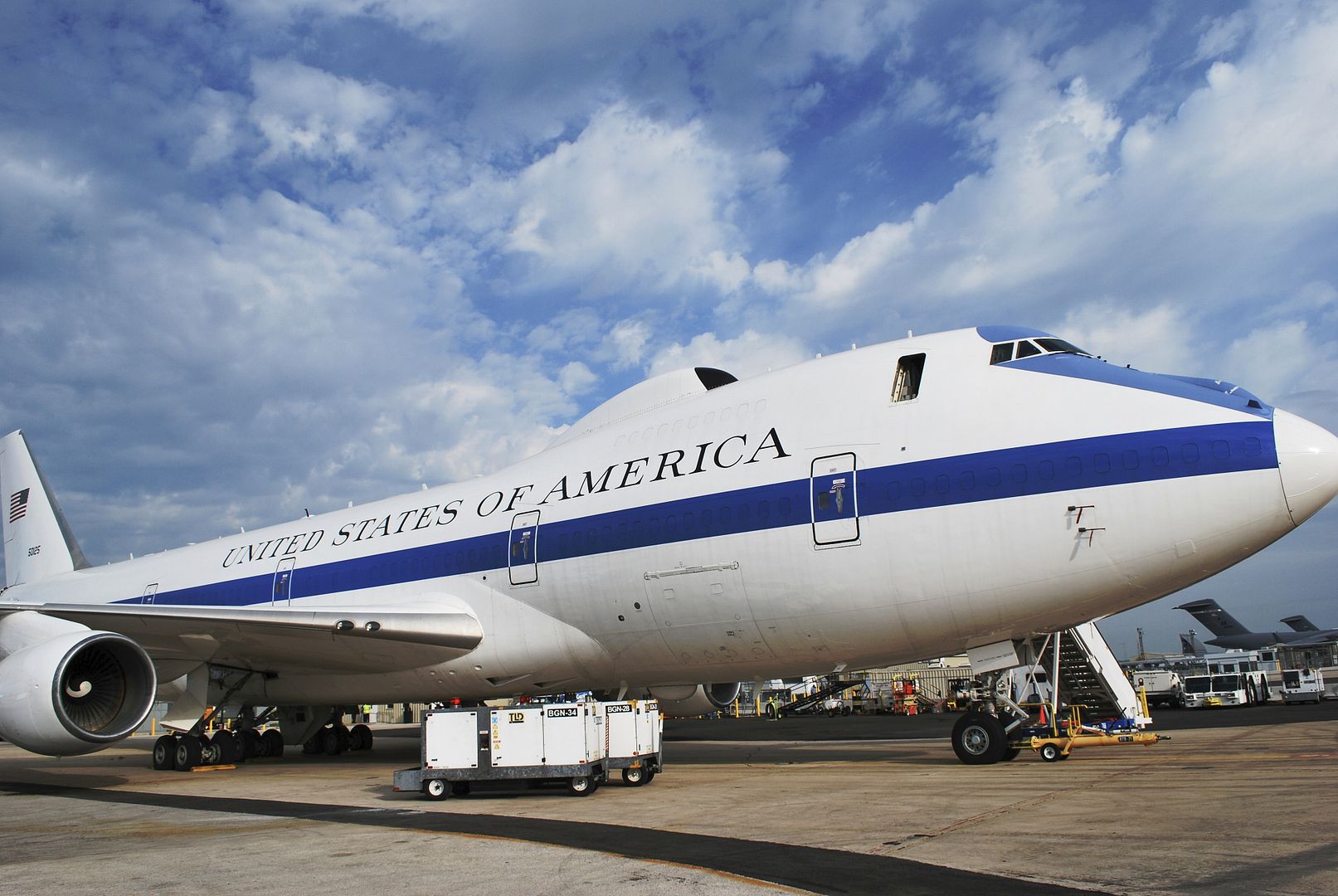
21 May 2015 Press Release
Volaris, a Mexican low-cost carrier, has received its first two Airbus A321 aircraft, the latest being received during a ceremony at the Airbus Delivery Centre in Hamburg, Germany. Volaris? aircraft will be the first A321s to operate in Mexico and will be deployed on the carrier?s domestic routes to and from Cancun.
The Volaris A321 seats 220 passengers, is equipped with Sharklet fuel-saving wing tip devices and powered by IAE engines. The two A321s will join Volaris? existing all-Airbus fleet of more than 50 A319s and A320s aircraft. To date, Volaris has ordered a total of 74 Airbus single aisle aircraft.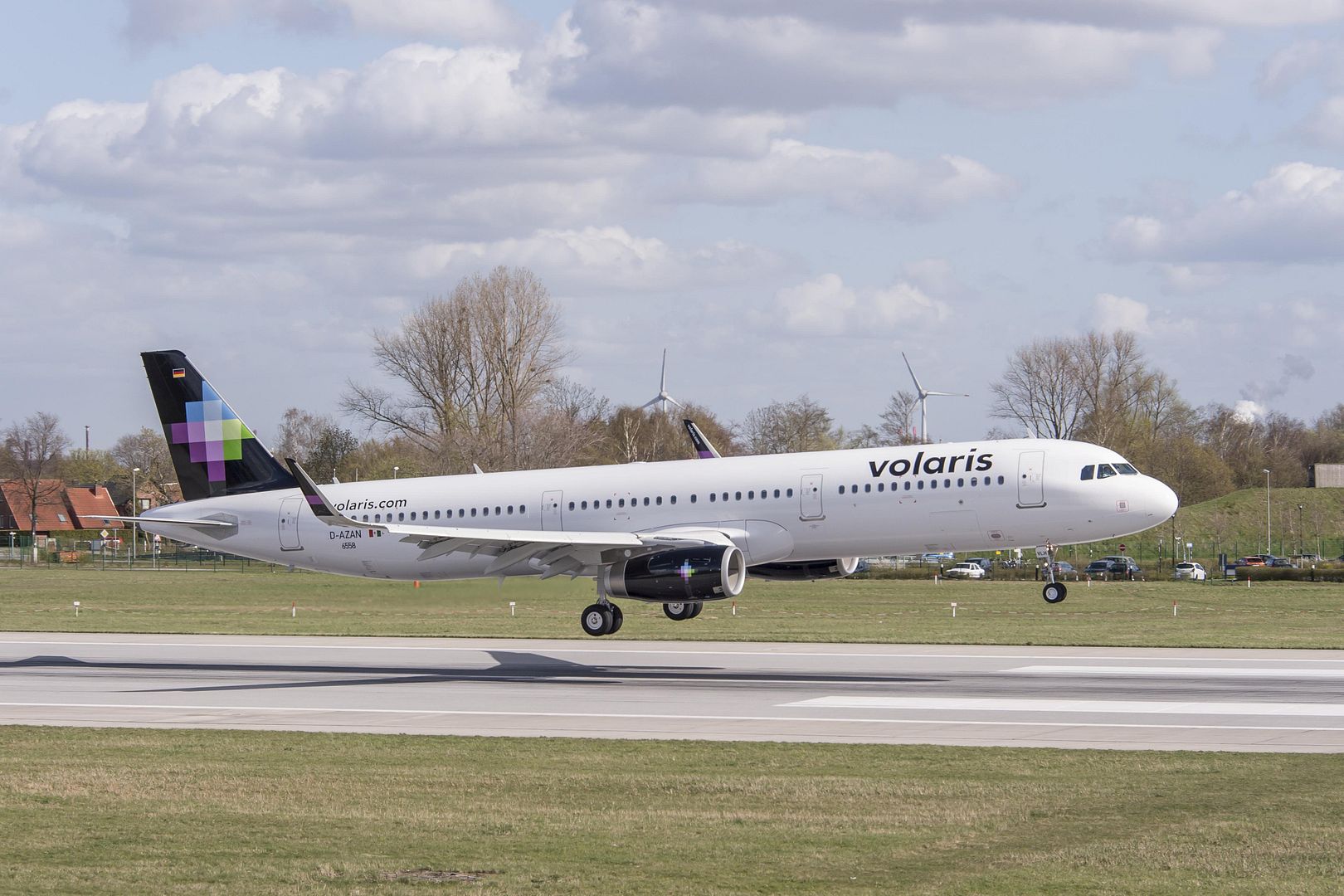
Indian Ministry of Defence; issued May 21, 2015
An Indian Air Force Mirage 2000H fighter lands on a highway near Delhi as part of an initiative to evaluate the possibility of using highways as alternate air bases in emergencies. (India MoD photo)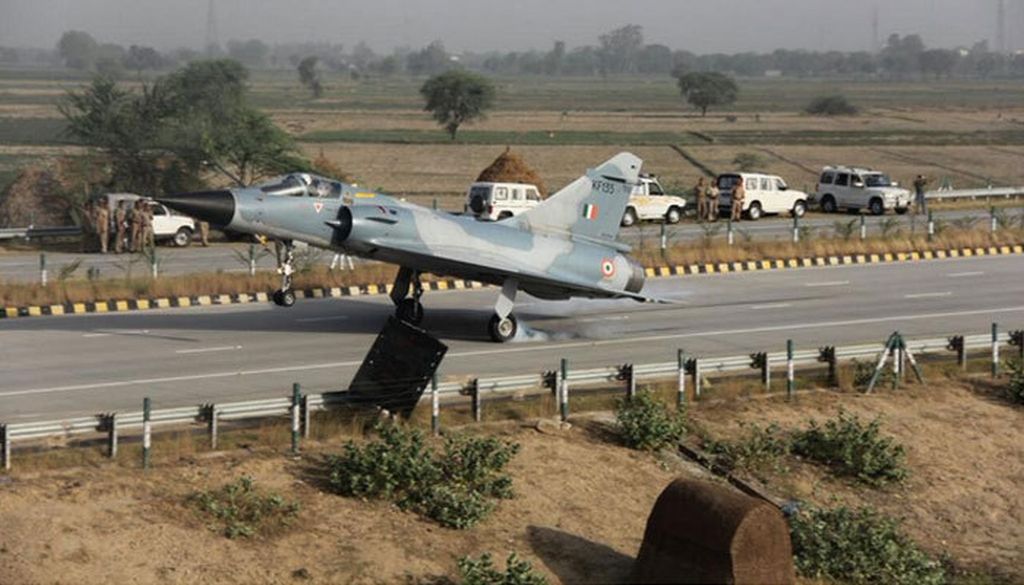
-
 Main AdminFrom Israel
Main AdminFrom Israel
Black 57 is airborne again

-
 Main AdminChina air force crosses Miyako Strait for 1st time .
Main AdminChina air force crosses Miyako Strait for 1st time .
LINK- http://www.globaltimes.cn/content/922981.shtml
The Chinese air force completed a military drill in the airspace above the West Pacific Ocean on Thursday, crossing the Miyako Strait for the first time, a military spokesperson said on Thursday.
According to Shen Jinke, spokesman for the People's Liberation Army (PLA) Air Force, PLA aircraft flew over the West Pacific via the Miyako Strait.
The Miyako Strait is an international waterway lying between Japan's Miyako Island and Okinawa Island.
They returned to their base later the same day, having successfully completed the drill which aims to improve the PLA Air Force's mobility and combat readiness over the high seas.
Shen stressed that the drill is a routine exercise of the air force's annual training plans and is "in line with international laws and practices."
"The drill is not targeted at any country and carries no threat against other countries and regions," he said, adding that similar drills in airspace far offshore from coastlines were a common practice among countries on the coast.
It was carried out in international airspace without flying at the altitude of main civil aviation aircraft, Shen said.
He noted that none of the international flights were affected by the drill.
The spokesman said future exercises involving PLA aircraft flying across the "first island chain blockade" in the high seas will be conducted under certain circumstances and in accordance with international laws and practices.
The "first island chain" refers to the first major archipelagos off the East Asian continental mainland, including the Japanese archipelago, Ryukyu Islands, China's Taiwan and northern Philippines, according to the Xinhua News Agency.
In the 1950s, Washington came to regard the chain as an important barrier to contain China and other communist countries, and the US and its allies provided a strong military presence and advanced weapons at bases along the line, Xinhua said.
"Crossing the first island chain shows the Chinese armed forces are determined to ignore the so-called blockade by familiarizing themselves with the maritime conditions outside the chain," said Song Zhongping, a military affairs commentator.
In March, the PLA Air Force conducted its first military drill above the West Pacific Ocean, flying across the Bashi Channel south of Taiwan.
"The international airspace above the Miyako Strait is narrower than that above the Bashi Channel, which requires more precise positioning and greater expertise of pilots to avoid intruding into other countries' territorial airspace," Fu Qianshao, an air-defense expert, told the Global Times.
Fu said he expects the navy, which conducted several separate drills, and the air force to conduct joint training exercises in the high seas in order to gain more competence in combined air-sea battles.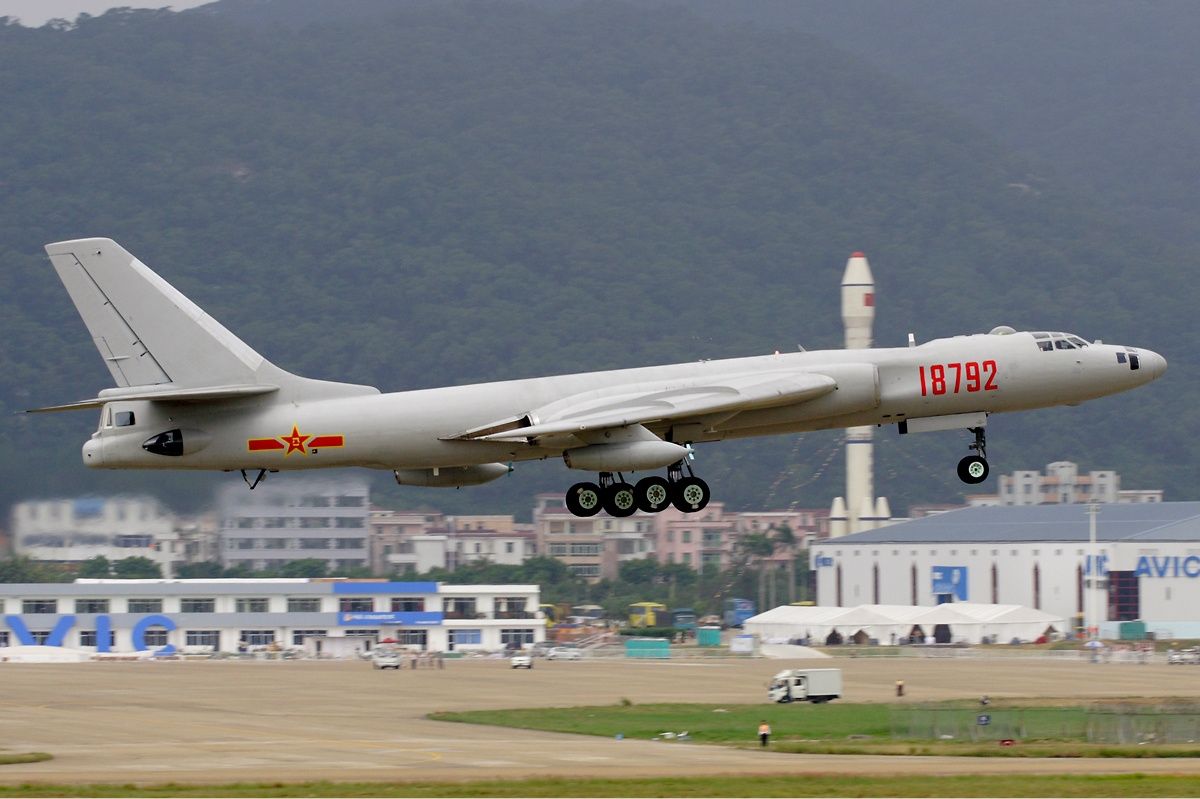
-
 Main AdminUSS Wasp
Main AdminUSS Wasp
USS Wasp (LHD-1), At Sea - An F-35B Lightning II prepares to taxi on the flight deck of USS Wasp (LHD-1) during night operations May, 22, 2015. The current Marine Corps operational test, scheduled to continue through the end of May, will assess the integration of the F-35B while operating across a wide array of flight and deck operations, maintenance operations and logistical supply chain support in an at-sea environment. (Marine Corps photo by Cpl. Anne K. Henry/RELEASED)
USS Wasp (LHD-1), At Sea - An F-35B Lightning II takes off from the flight deck of USS Wasp (LHD-1) during flight operations May, 22, 2015. Over a two-week period, the Marine Corps will evaluate the full spectrum of F-35B?s measures of suitability and effectiveness, as well as the aircraft?s readiness for initial operating capability in July. Data and lessons learned will lay the groundwork for future F-35B deployments aboard U.S. Navy amphibious carriers. (Marine Corps photo by Cpl. Anne K. Henry/RELEASED)
USS Wasp (LHD-1), At Sea - An F-35B Lightning II hovers over the flight deck of USS Wasp (LHD-1) as it prepares to land during flight operations, as part of Operational Testing 1, May, 22, 2015. The F-35 Lightning II is the most versatile, agile and technologically-advanced
aircraft in the skies today, and will be replacing three legacy Marine Corps platforms; the AV-8B Harrier, the F/A-18 Hornet, and the EA-6B Prowler. (Marine Corps photo by Cpl. Anne K. Henry/RELEASED)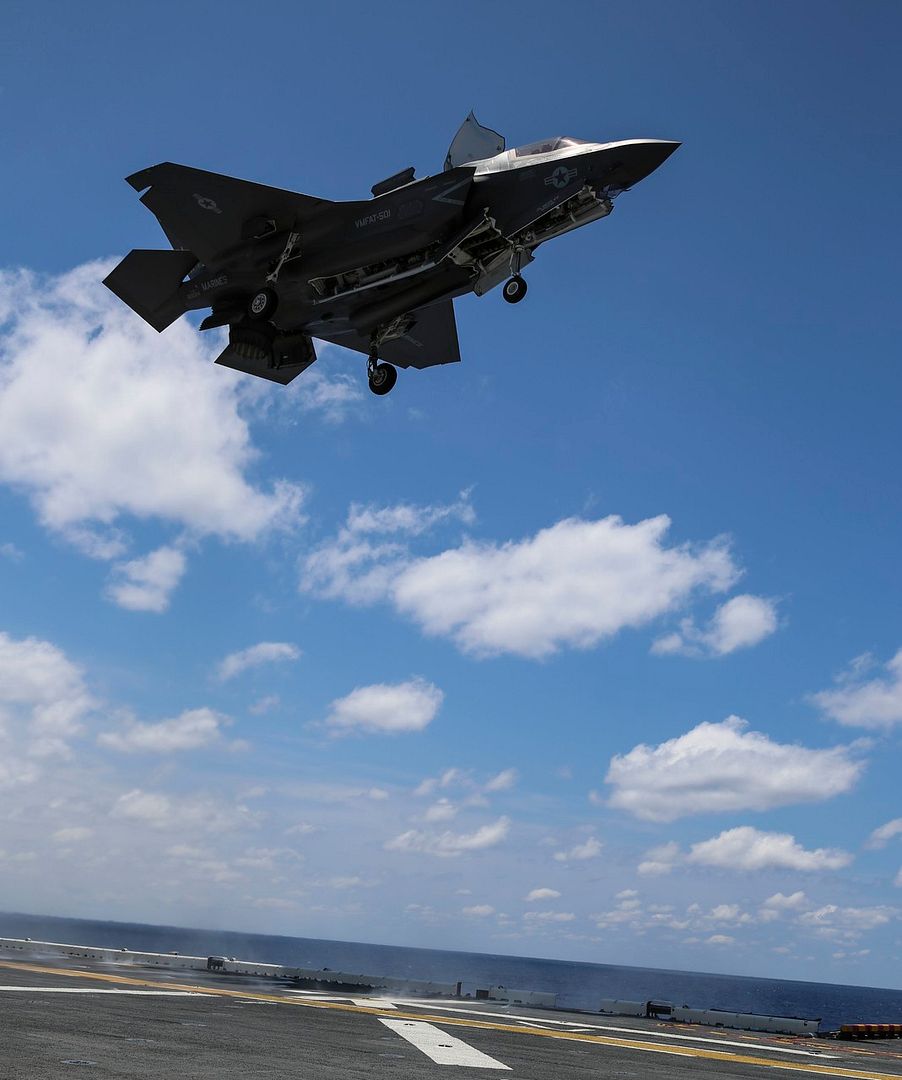
ATLANTIC OCEAN (May 20, 2015) An F-35 Bravo Lighting II prepares to land on the flight deck of the amphibious assault ship USS Wasp (LHD 1). Wasp, with Marine Fighter Attack Squadron (VMFA) 121 and VMFAT-501 embarked, is underway conducting the first phase of operational testing which will evaluate the full spectrum of F-35B measures of suitability and effectiveness in an at-sea environment. (U.S. Navy photo by Mass Communication Specialist 3rd Class Rawad Madanat/Released)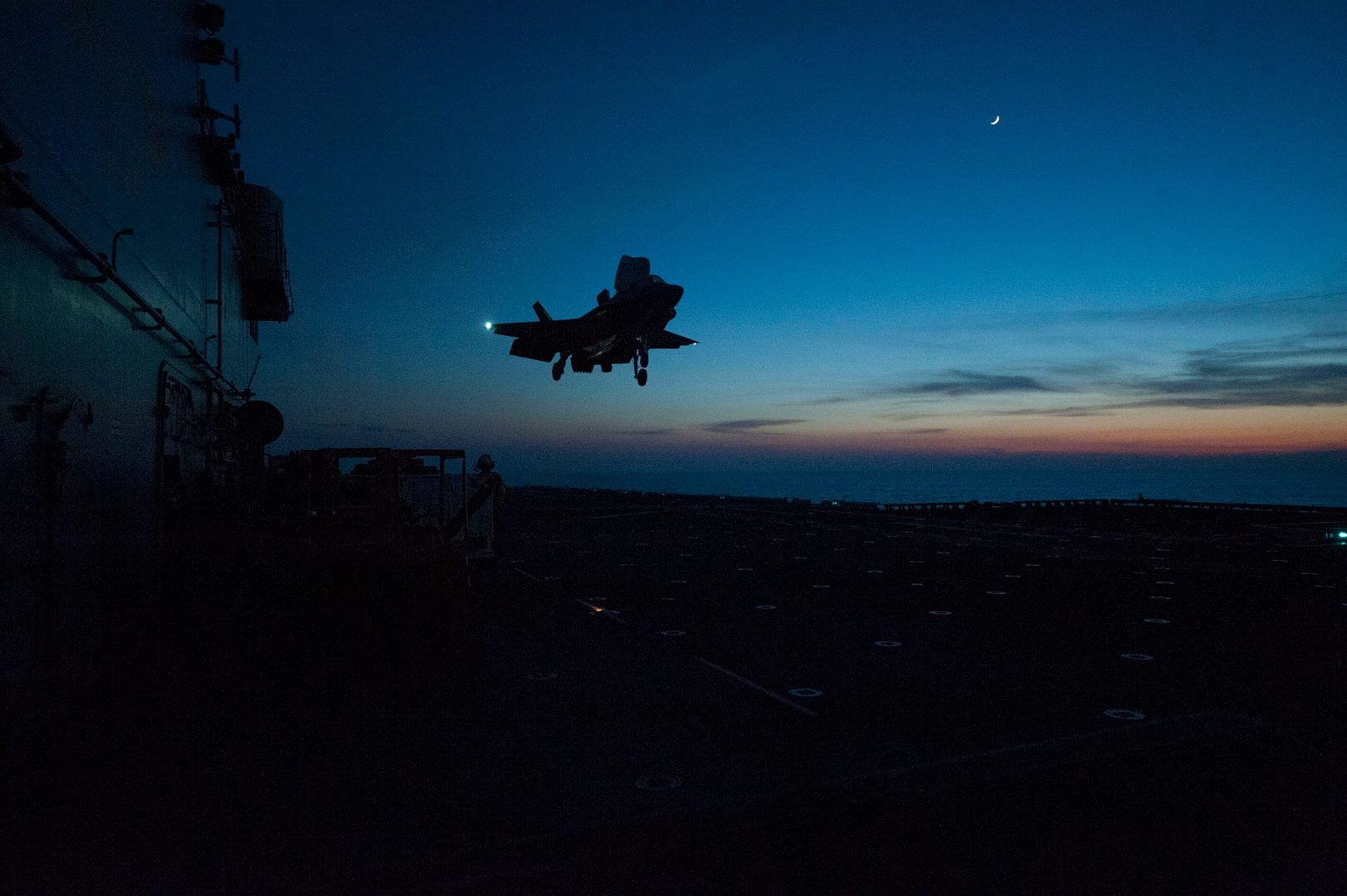
A U.S. Air Force F-16 Fighting Falcon ?Triple Nickel? aircraft assigned to the 555th Expeditionary Fighter Squadron from Aviano Air Base, Italy, prepares to land at Bagram Air Field, Afghanistan, May 23, 2015. The F-16 is a multi-role fighter aircraft that is highly maneuverable and has proven itself in air-to-air and air-to-ground combat. Members of the Triple Nickel are deployed in support of Operation Freedom?s Sentinel and NATO?s Resolute Support mission. (U.S. Air Force photo's by Tech. Sgt. Joseph Swafford/Released)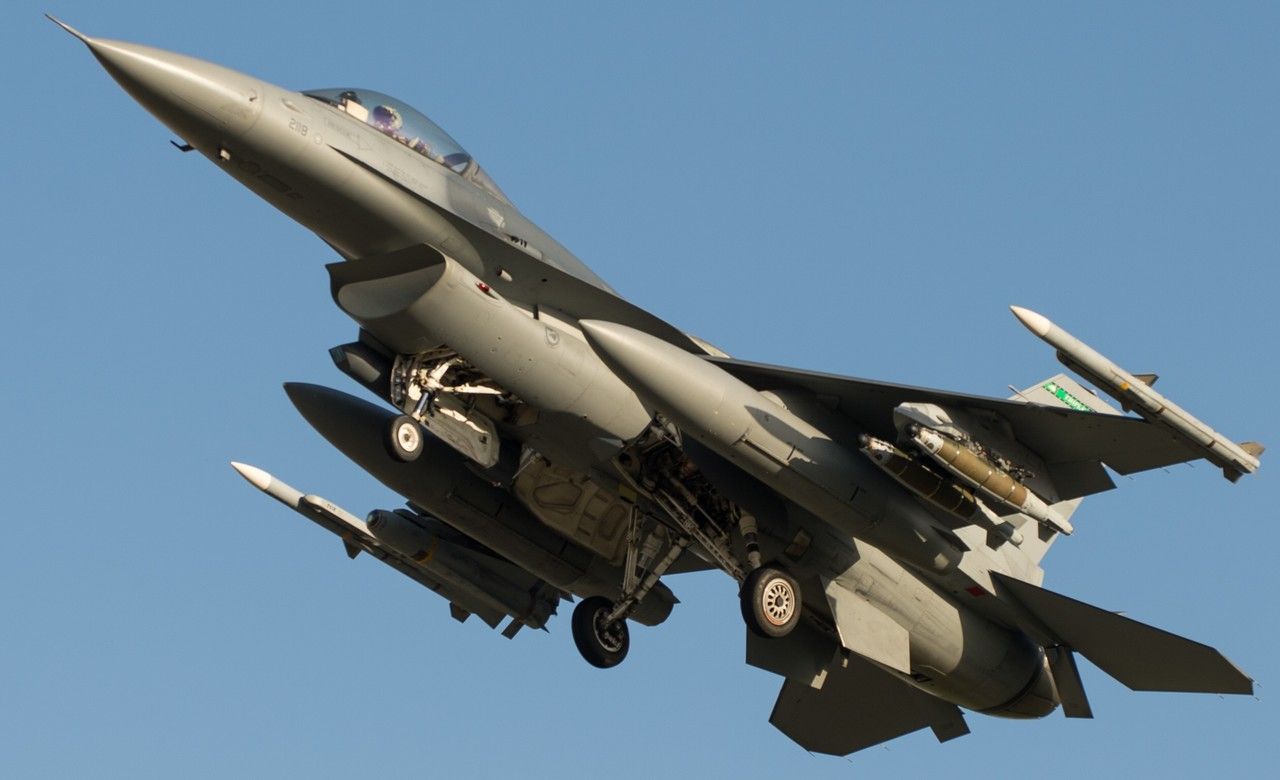
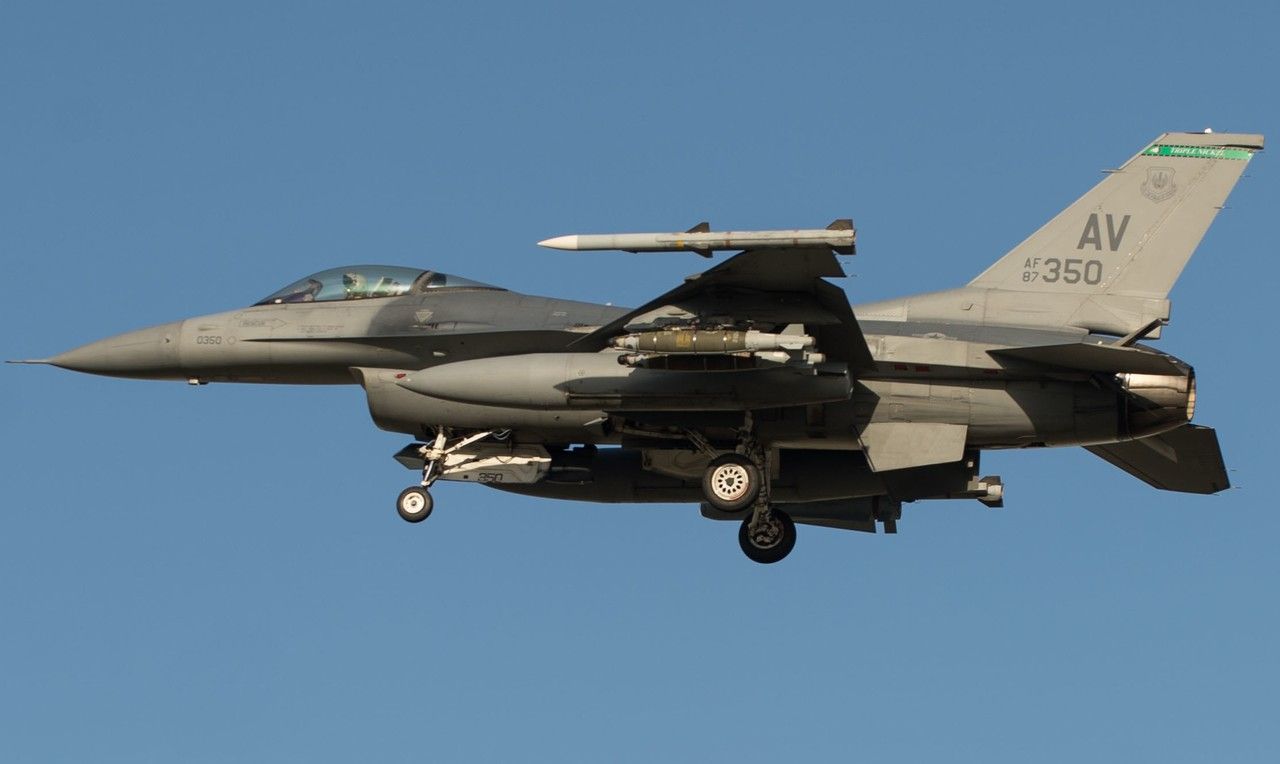
Sikorsky S-97 RAIDER? First Flight.
MOSCOW, May 22, 2015 ? Boeing (NYSE: BA) delivered today Transaero?s first Next-Generation 737-800. The airplane, sporting a new livery, arrived at Moscow?s Domodedovo Airport.
Transaero?s newest 737 has a recognizable radome ?bump? on top of the fuselage just behind the wings. The dome-shaped radome covers a Ku-band satellite antenna system that enables broadband passenger connectivity all over the world ? even over oceans. The Ku-band range of microwave frequencies is used primarily for satellite communications.
Transaero?s 737-800 is the first in the 737 family to have the system installed during production. In-line installation can save airlines days of lost revenue previously experienced when retrofitting the radome after delivery.
Transaero was the first private airline in Russia, established in 1991. It also was the first Russian airline to introduce a Boeing airplane to its fleet in 1993 when it began operating the 737. Today, Transaero is the second-largest airline in Russia and operates 737s, 747s, 767s and 777s.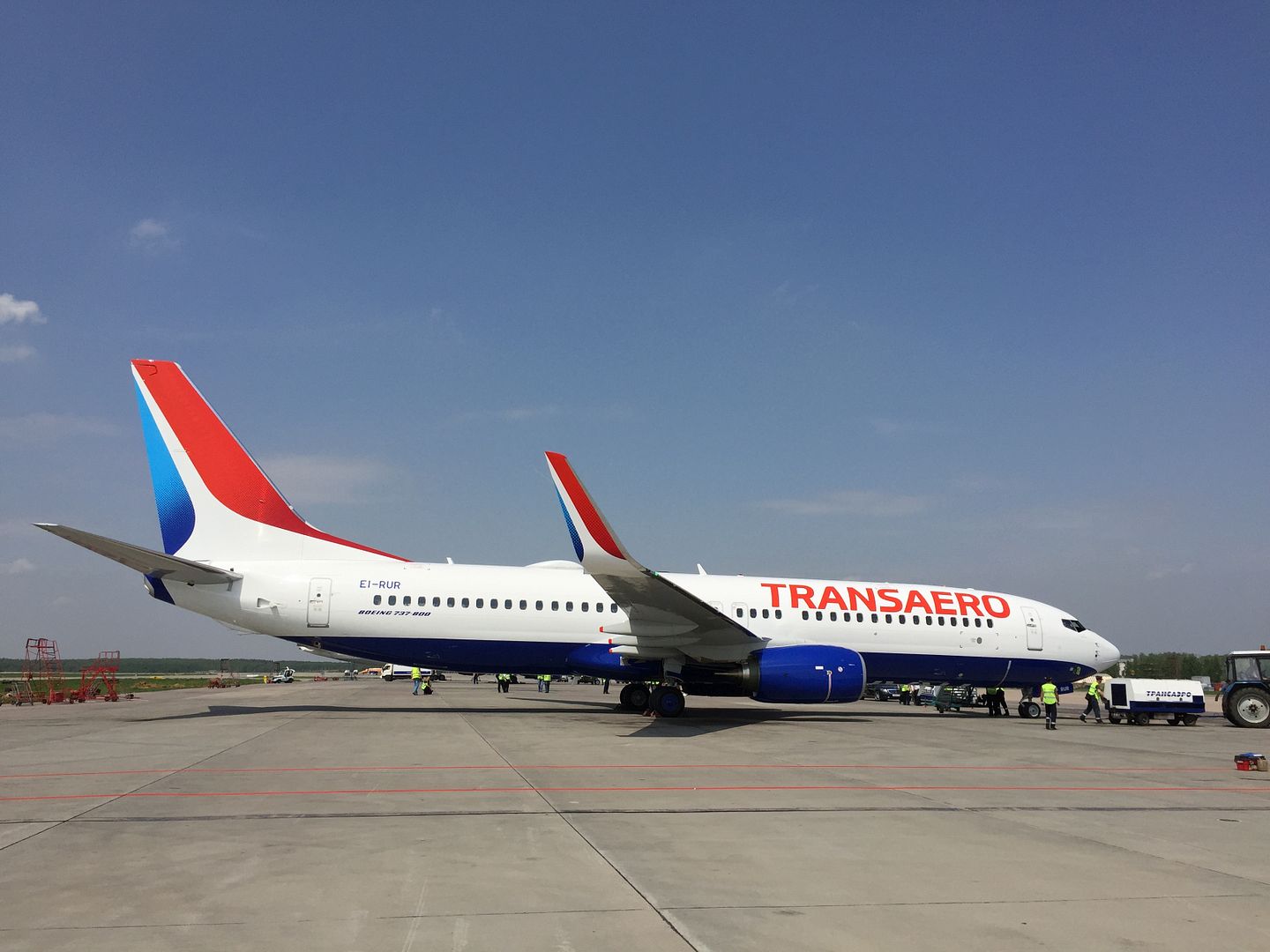
Post a reply
- Go to Next topic
- Go to Welcome
- Go to Introduce Yourself
- Go to General Discussion
- Go to Screenshots, Images and Videos
- Go to Off topic
- Go to Works in Progress
- Go to Skinning Tips / Tutorials
- Go to Skin Requests
- Go to IJAAF Library
- Go to Luftwaffe Library
- Go to RAF Library
- Go to USAAF / USN Library
- Go to Misc Library
- Go to The Ops Room
- Go to Made in Germany
- Go to Campaigns and Missions
- Go to Works in Progress
- Go to Juri's Air-Raid Shelter
- Go to Campaigns and Missions
- Go to Works in Progress
- Go to Skinpacks
- Go to External Projects Discussion
- Go to Books & Resources
